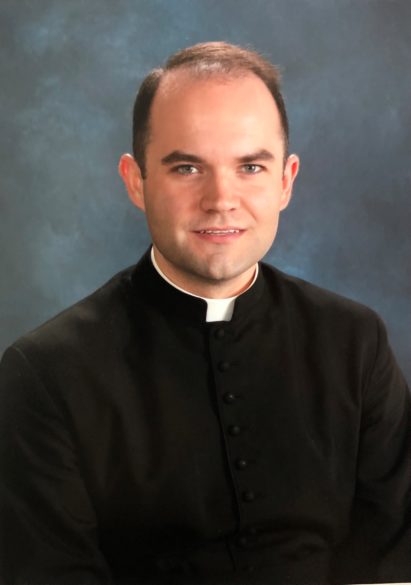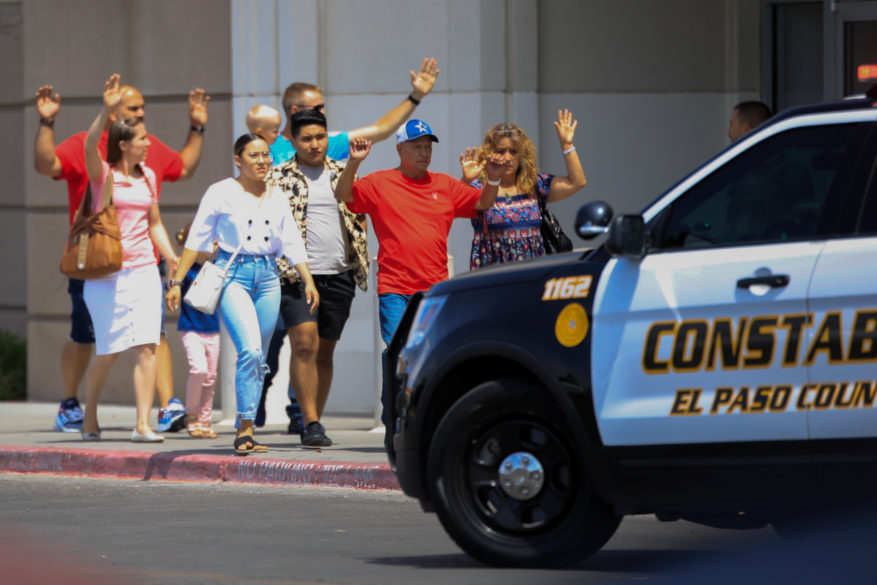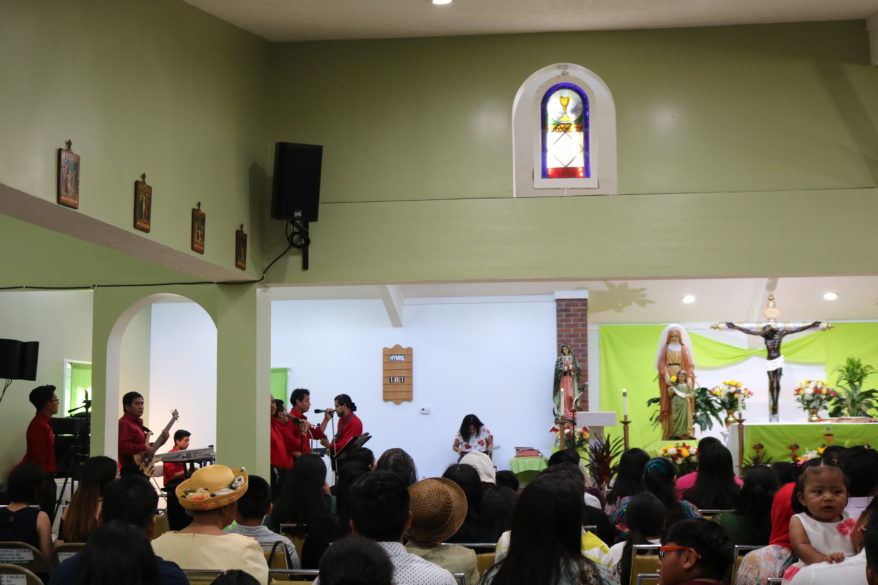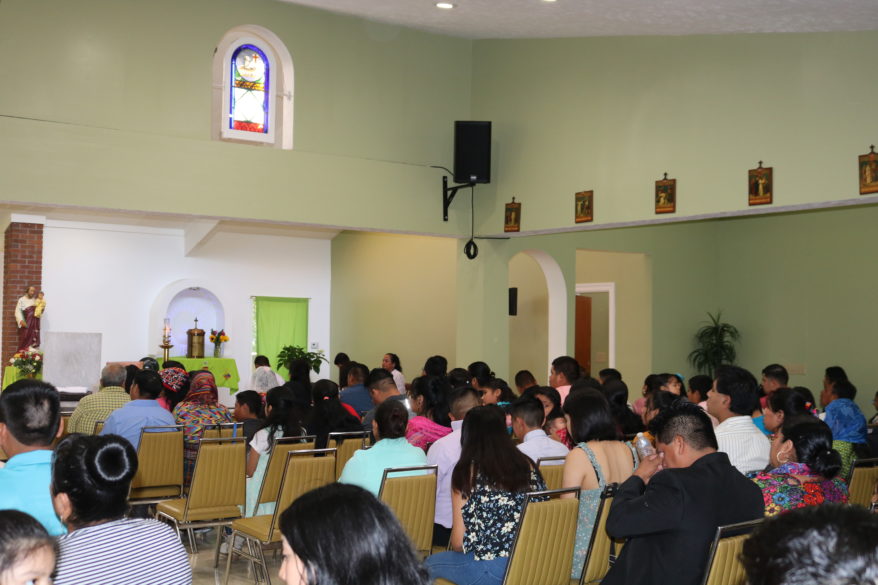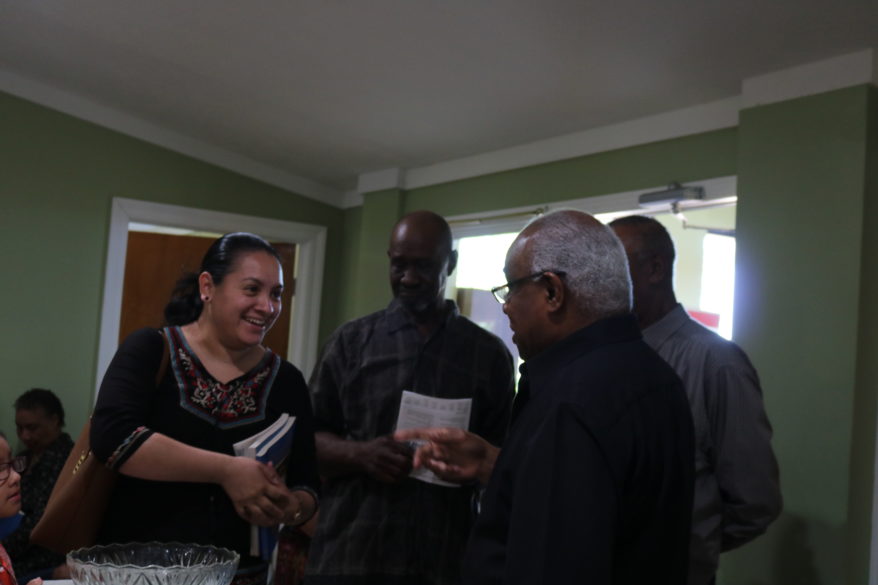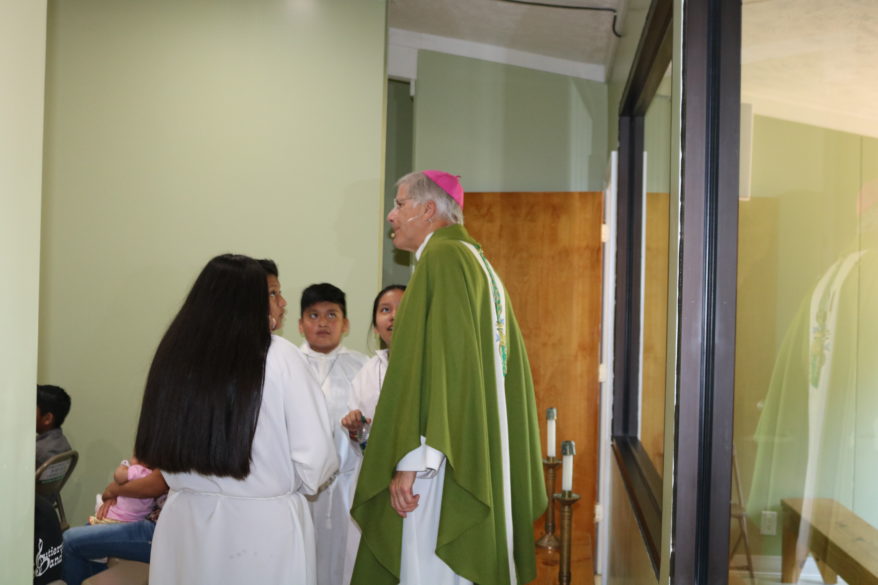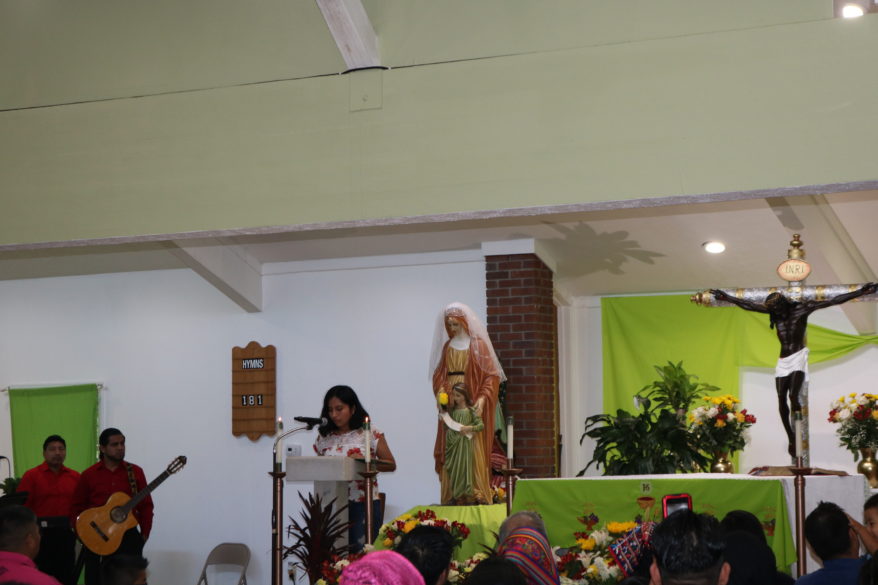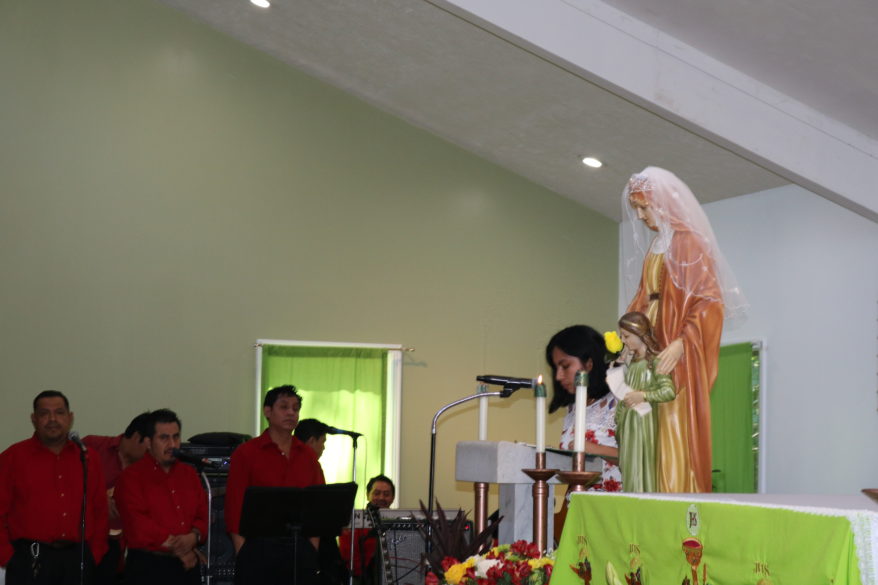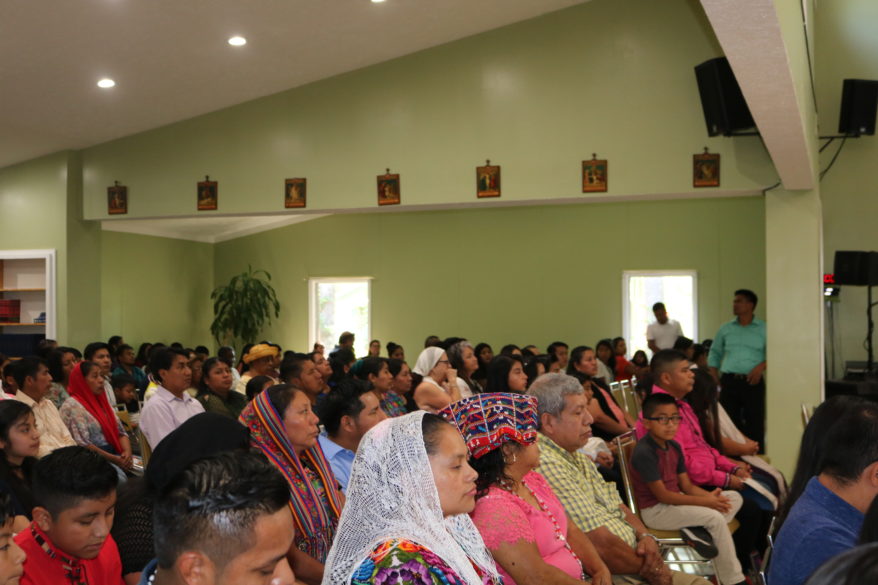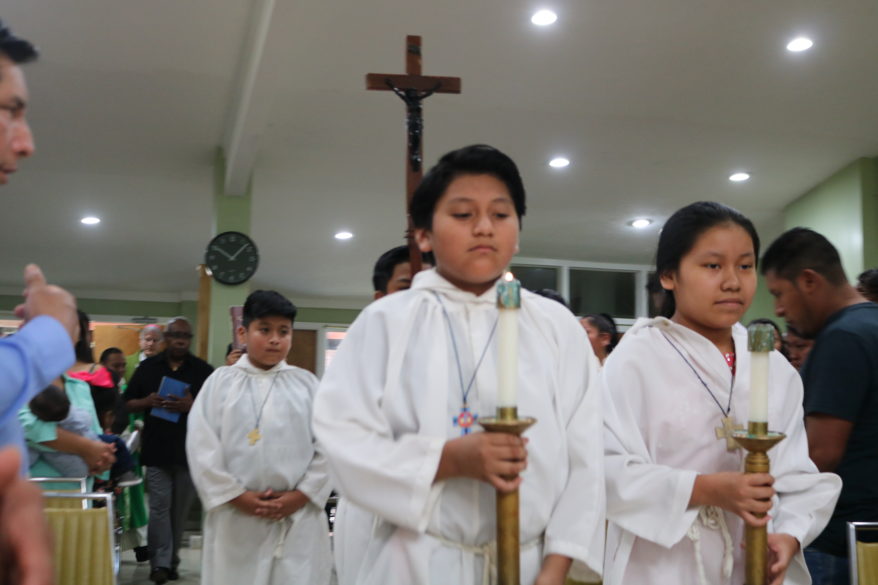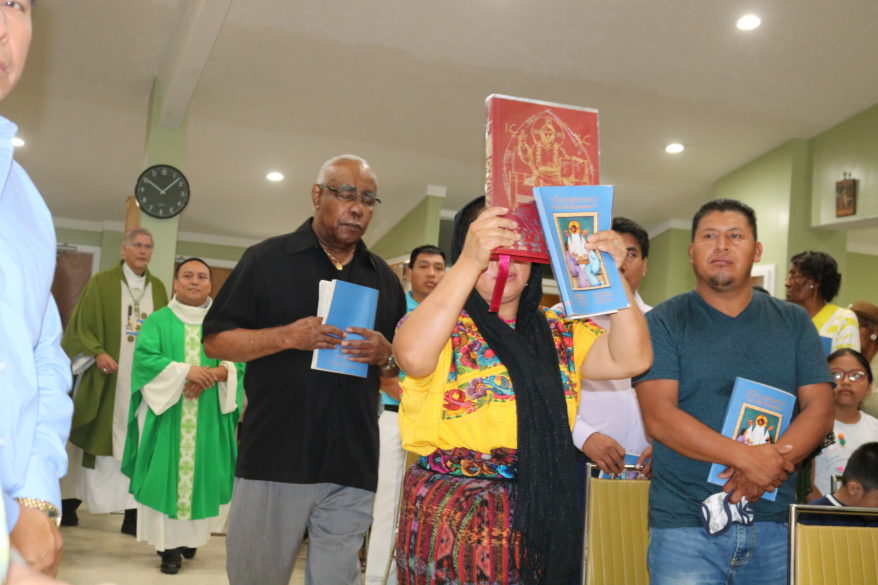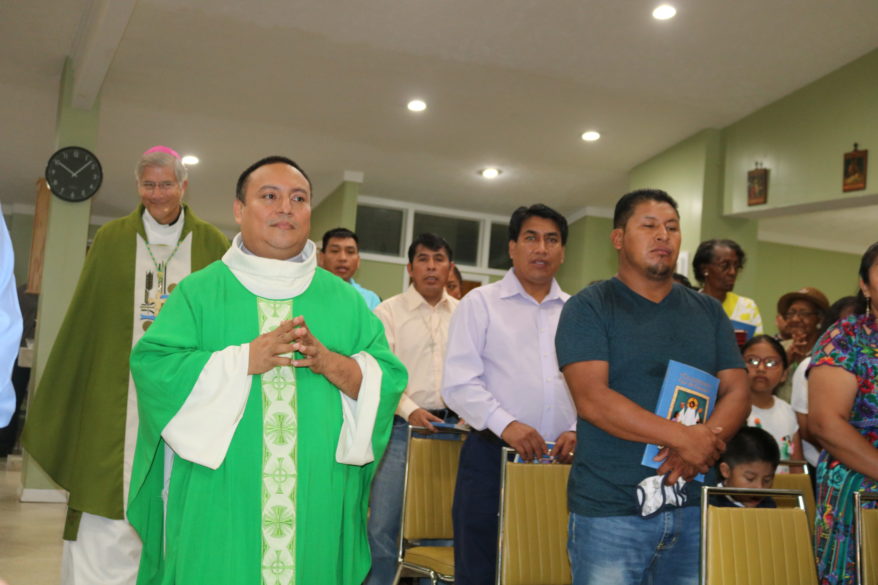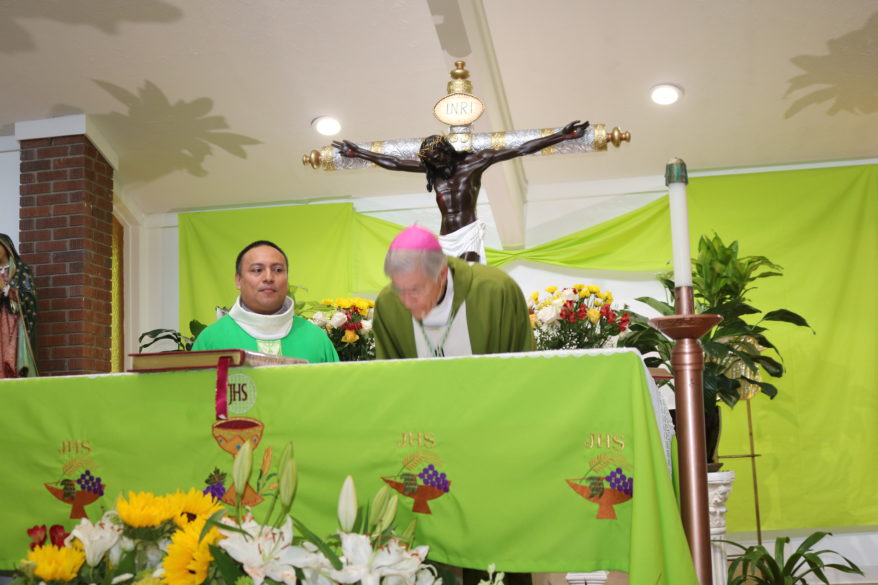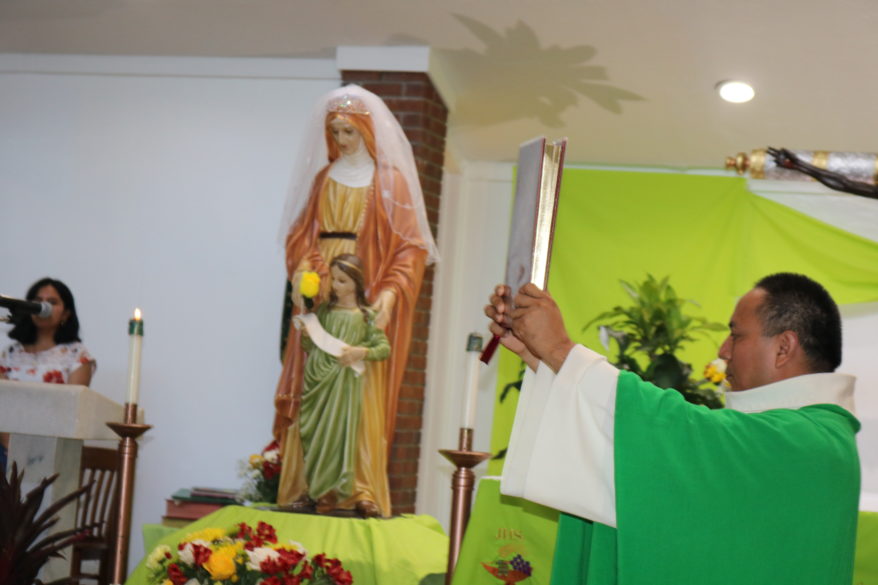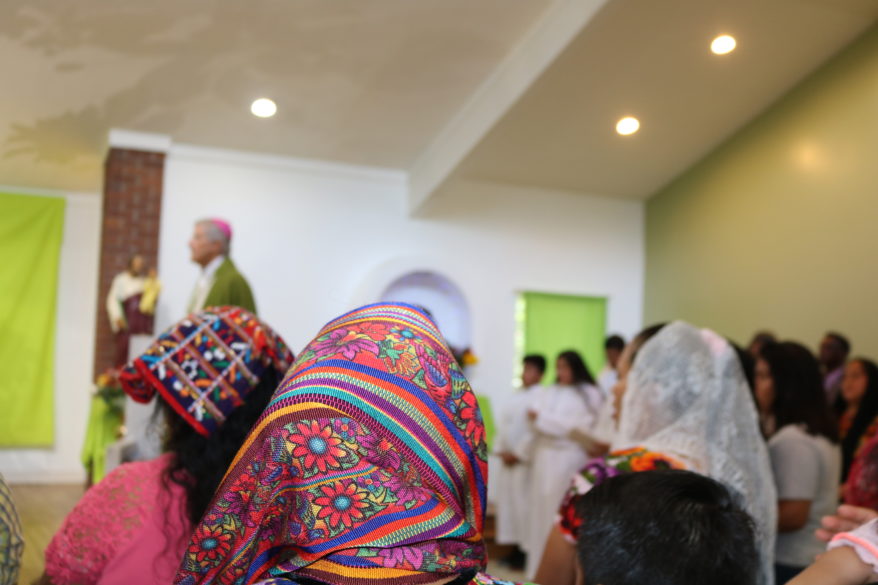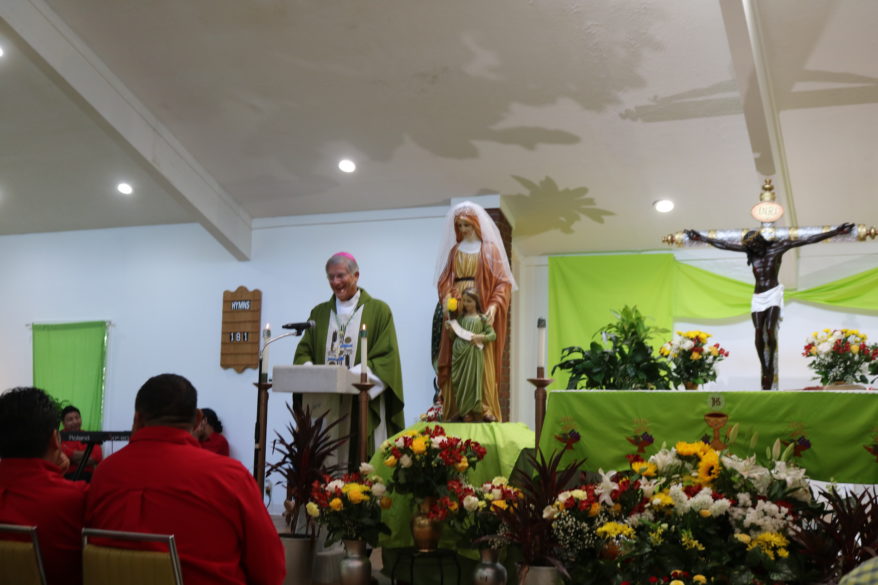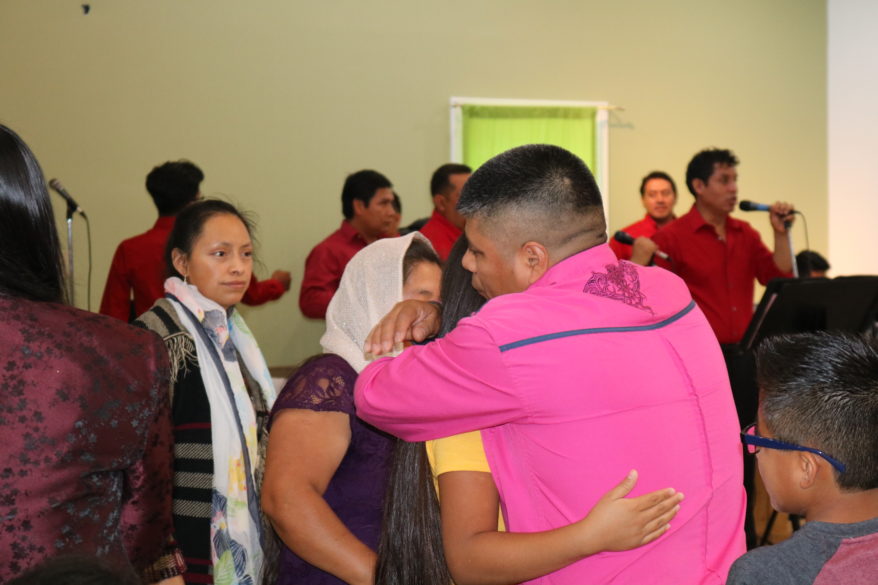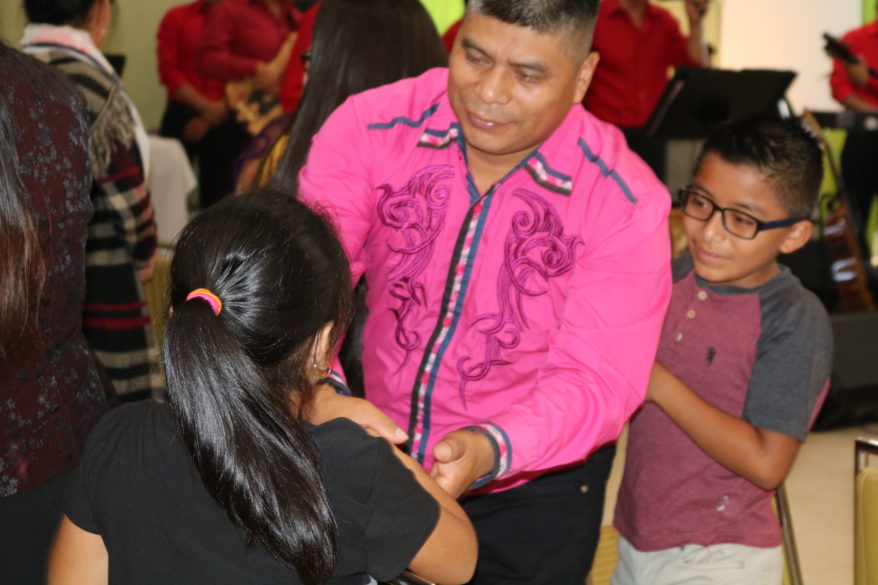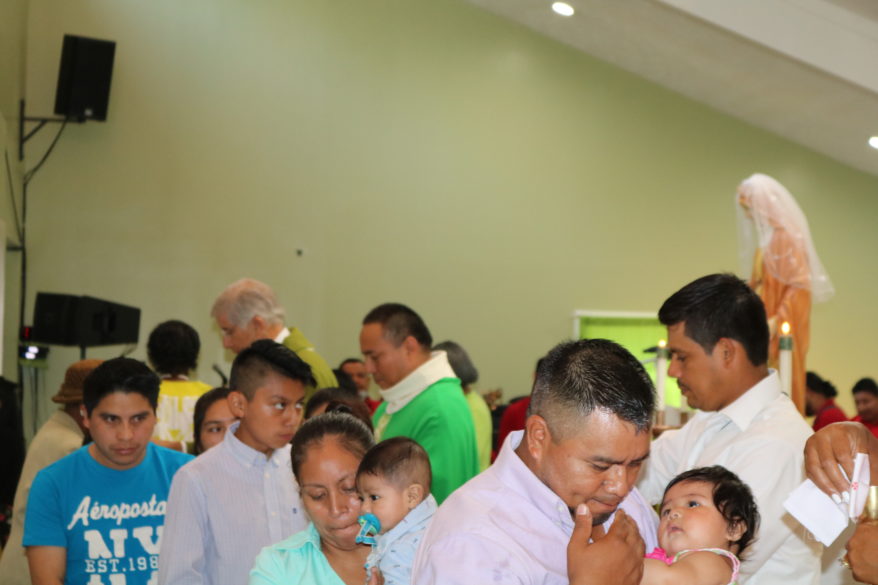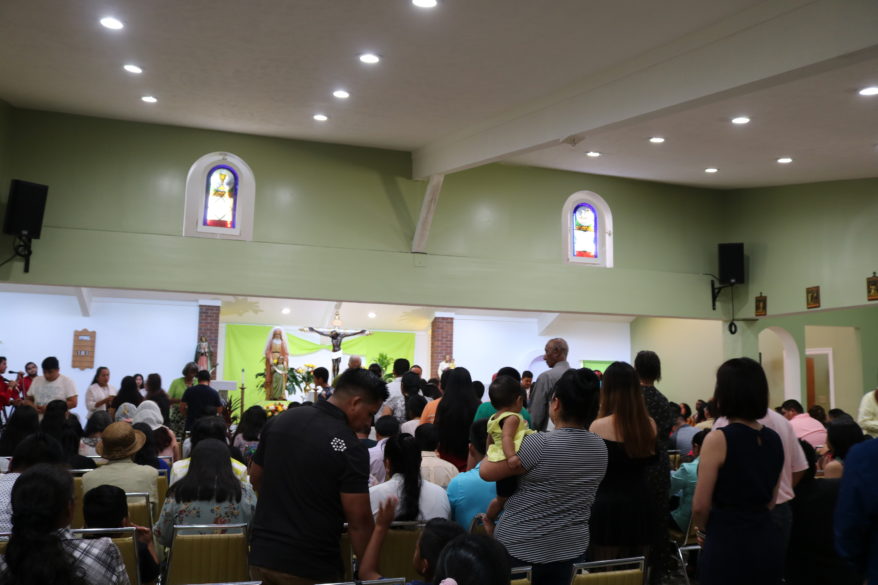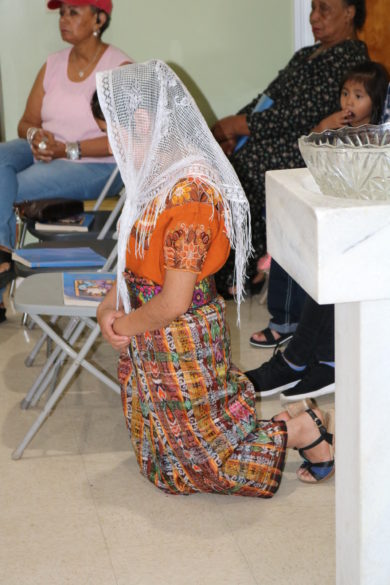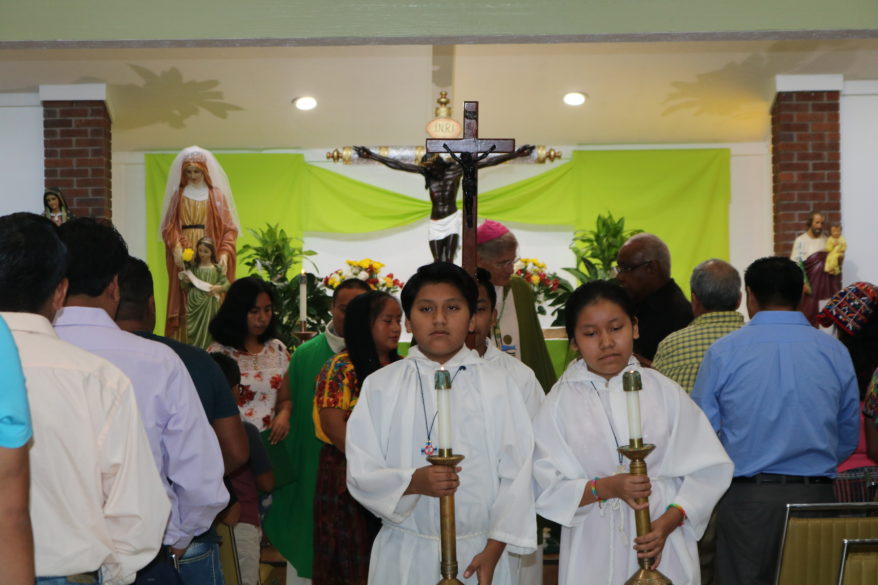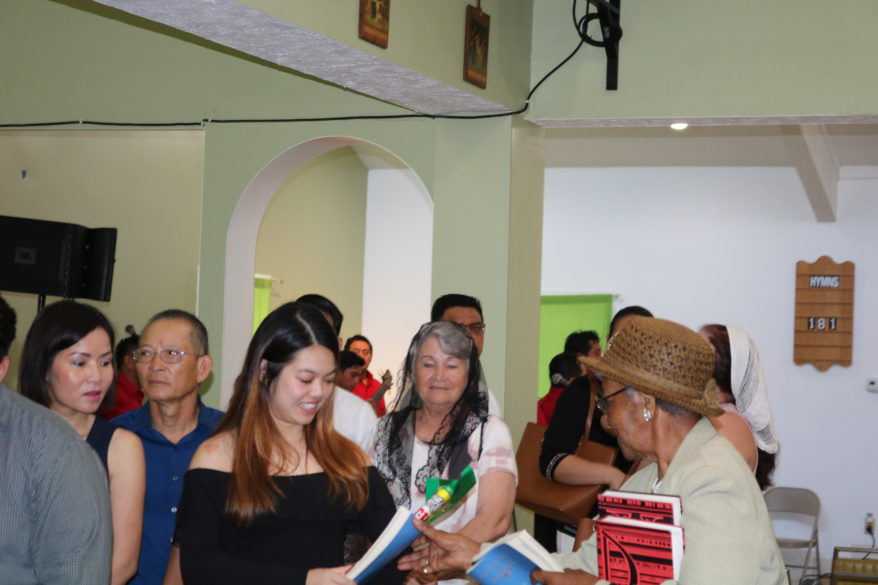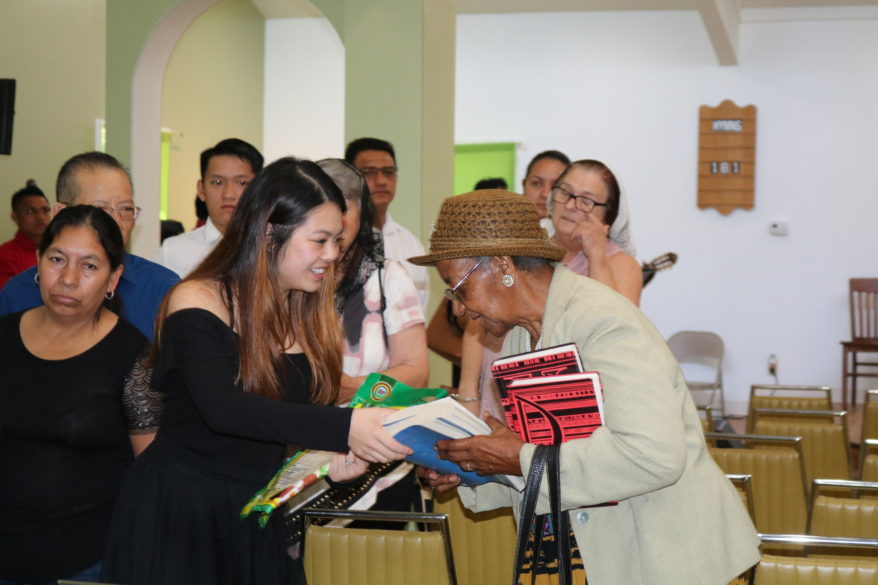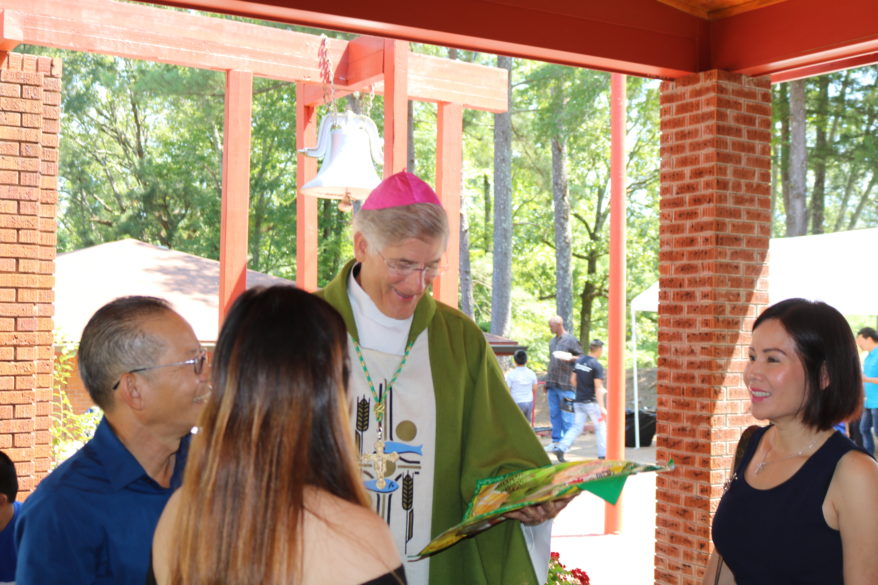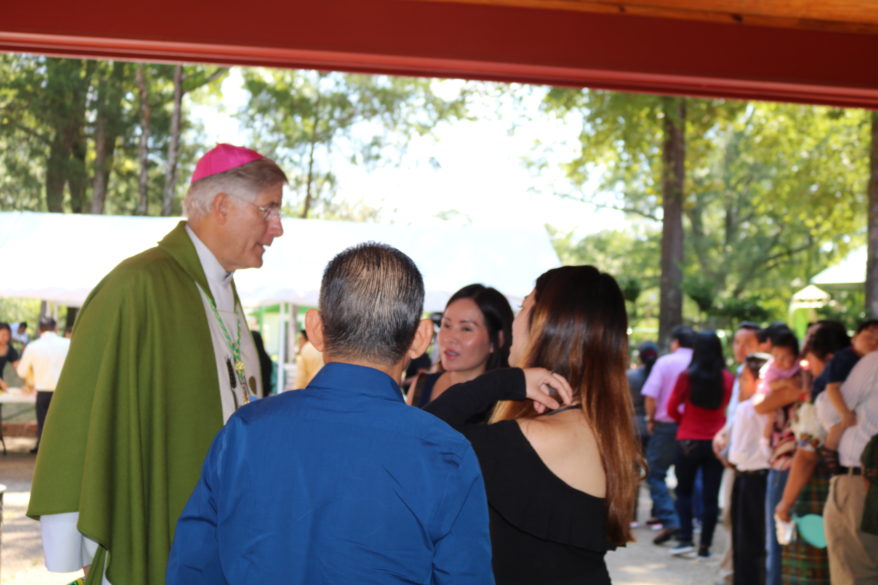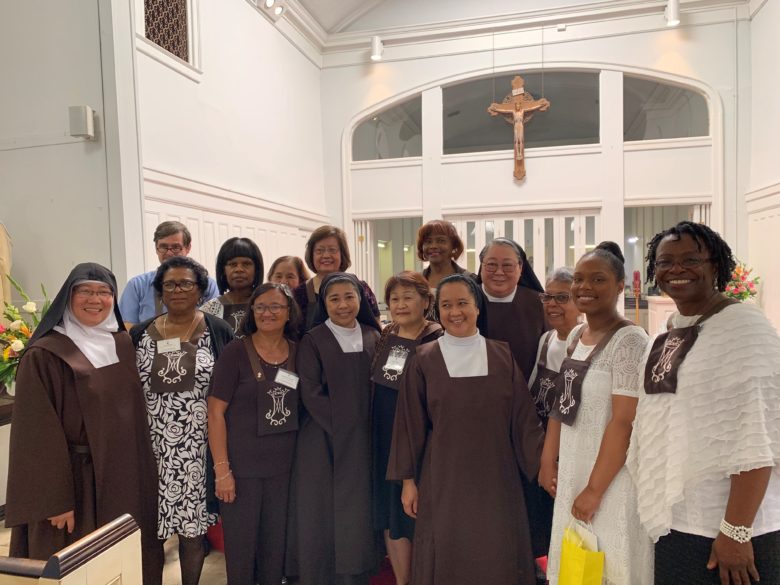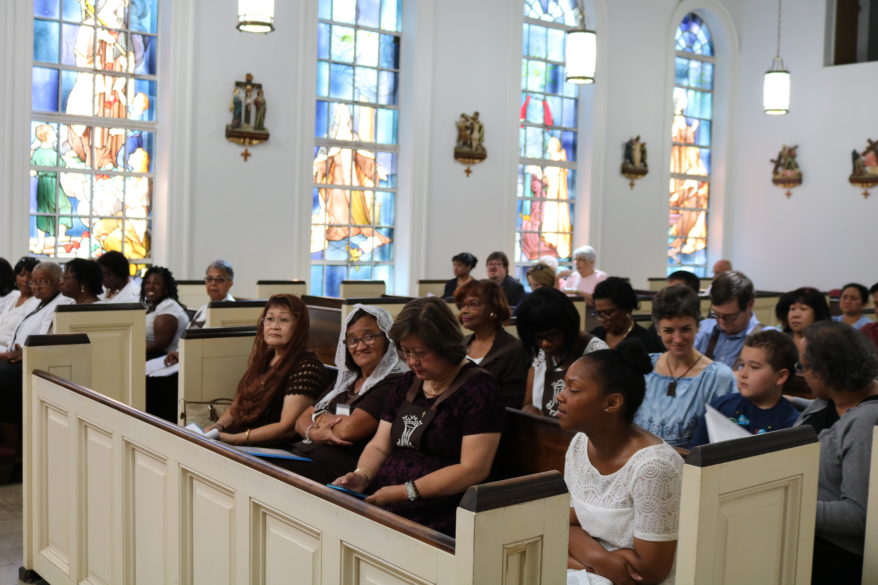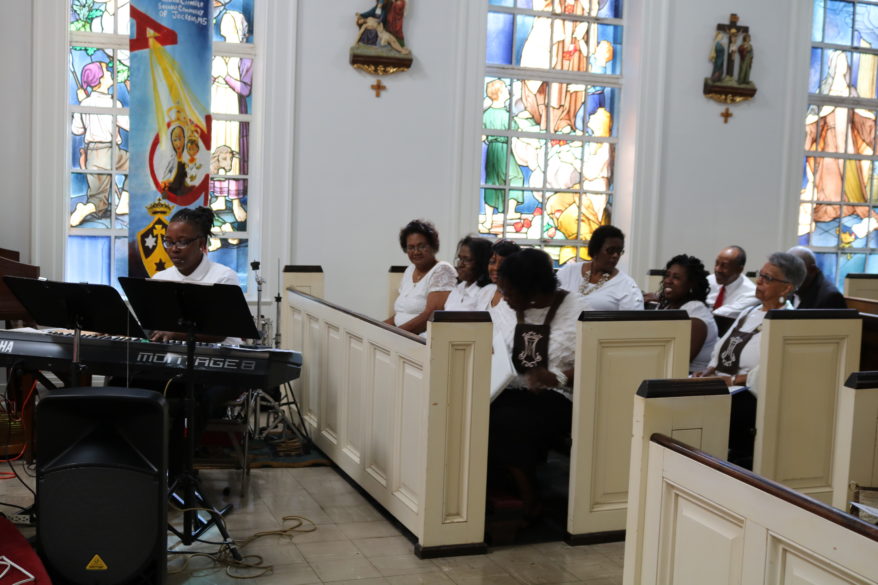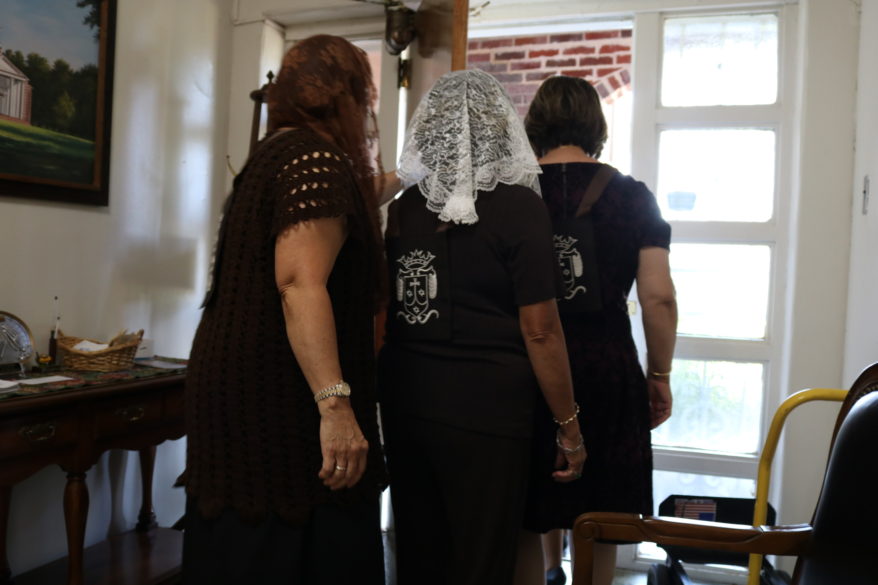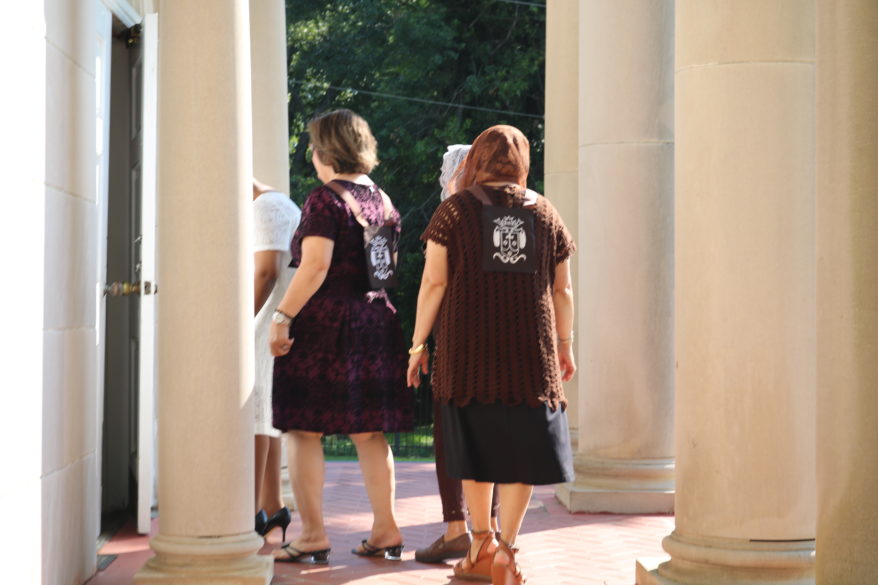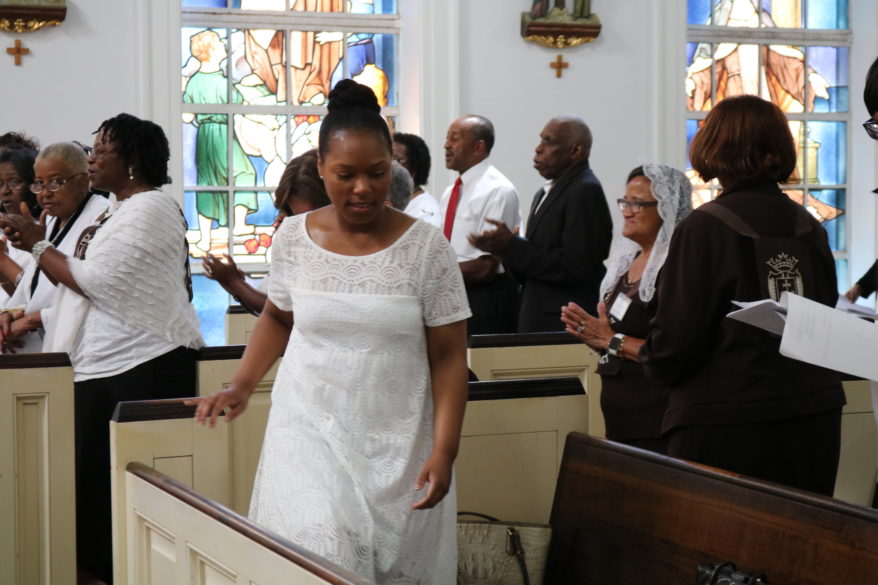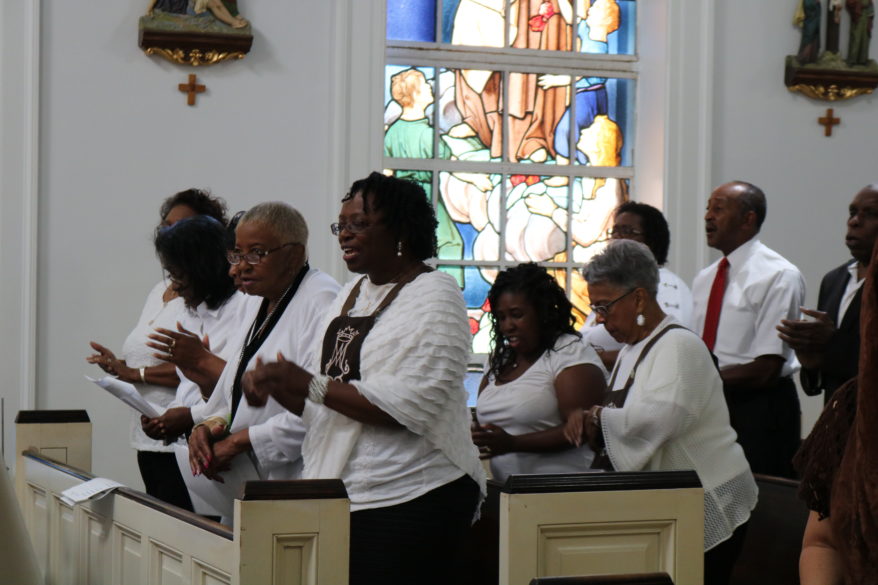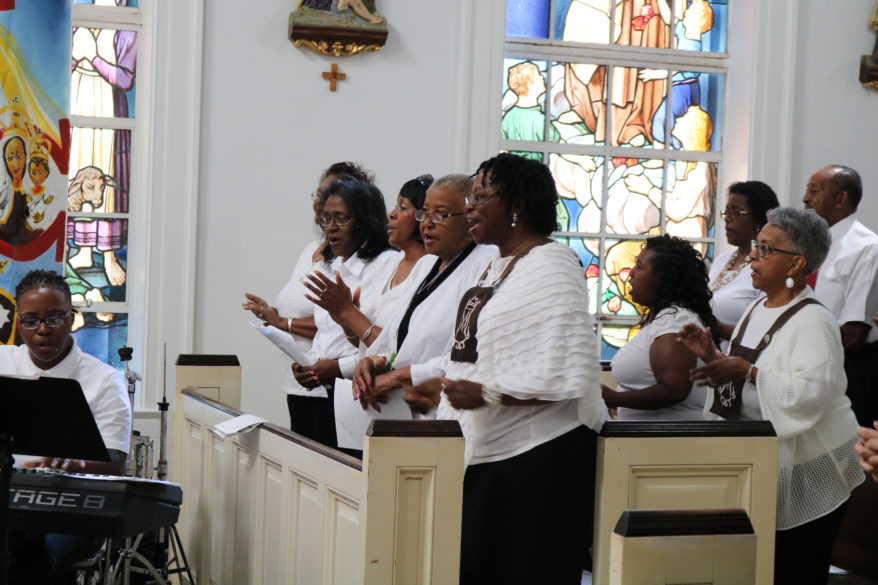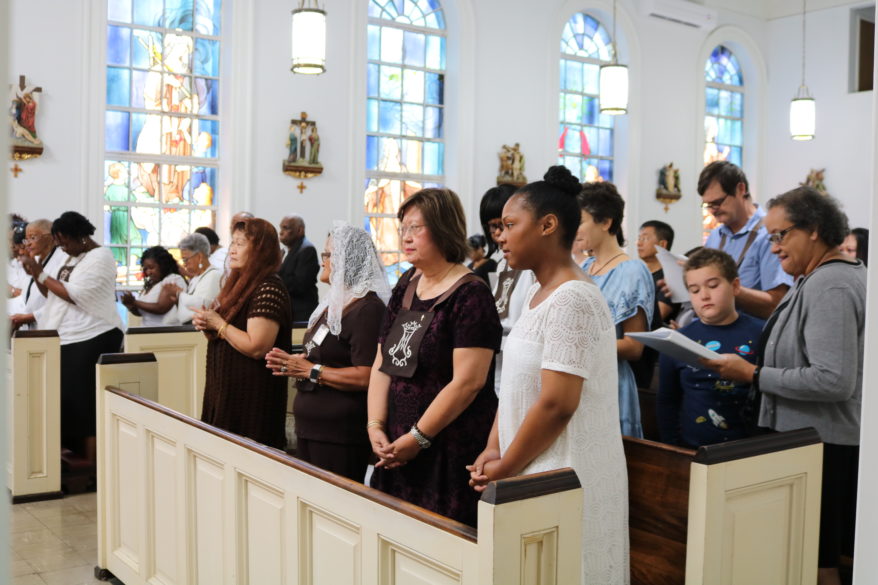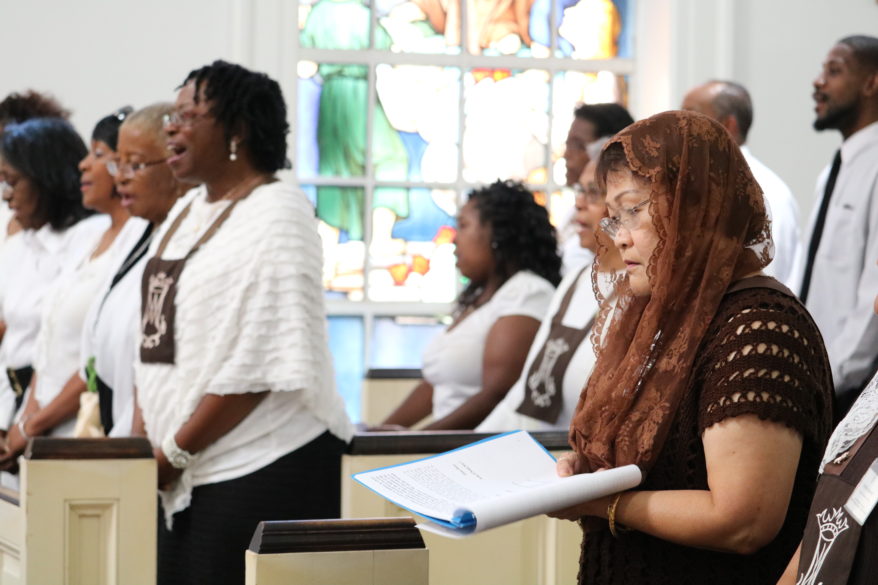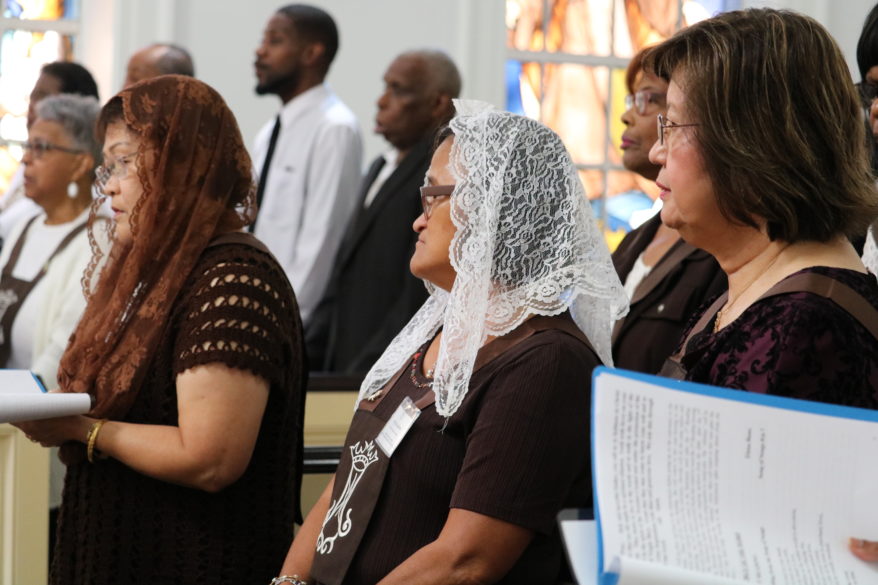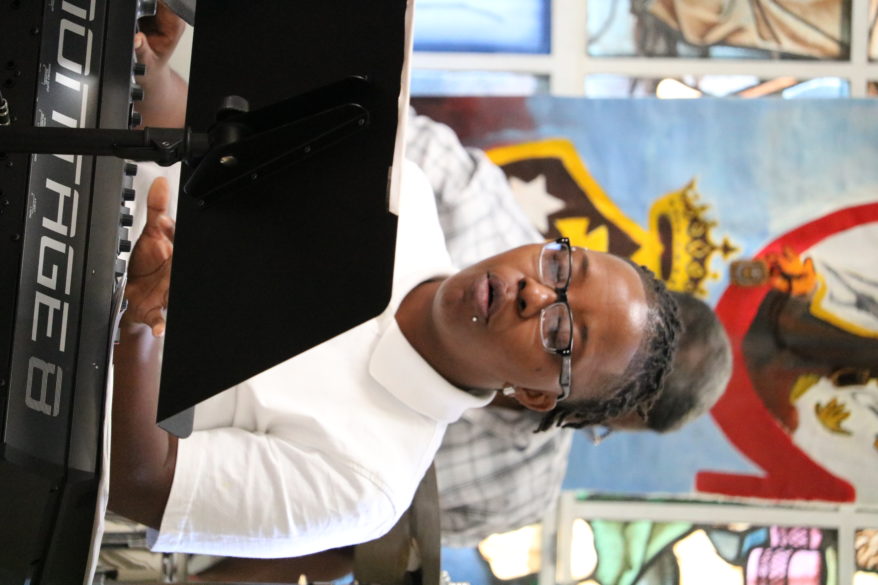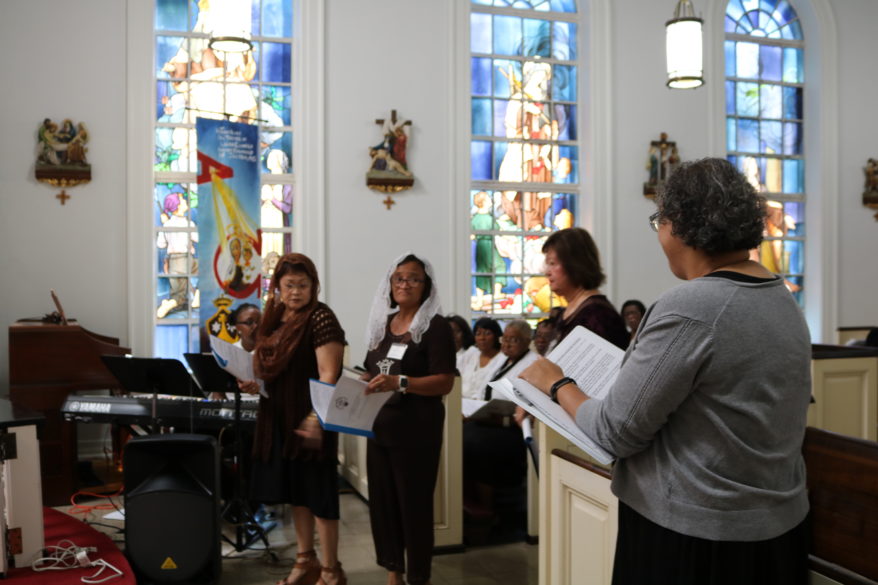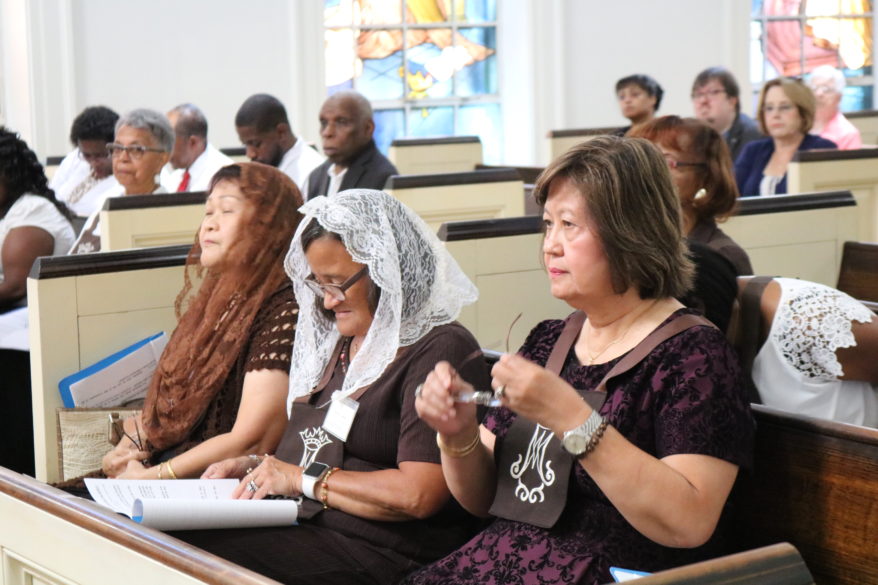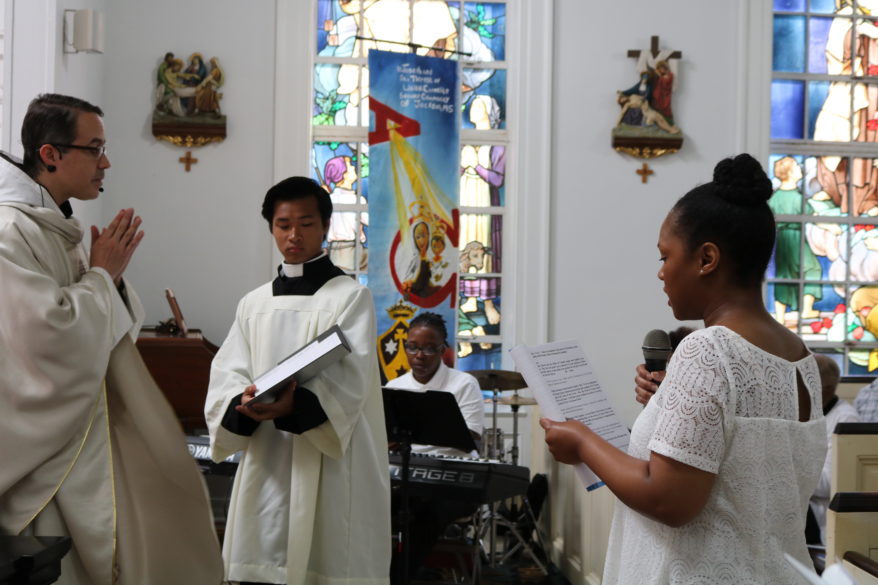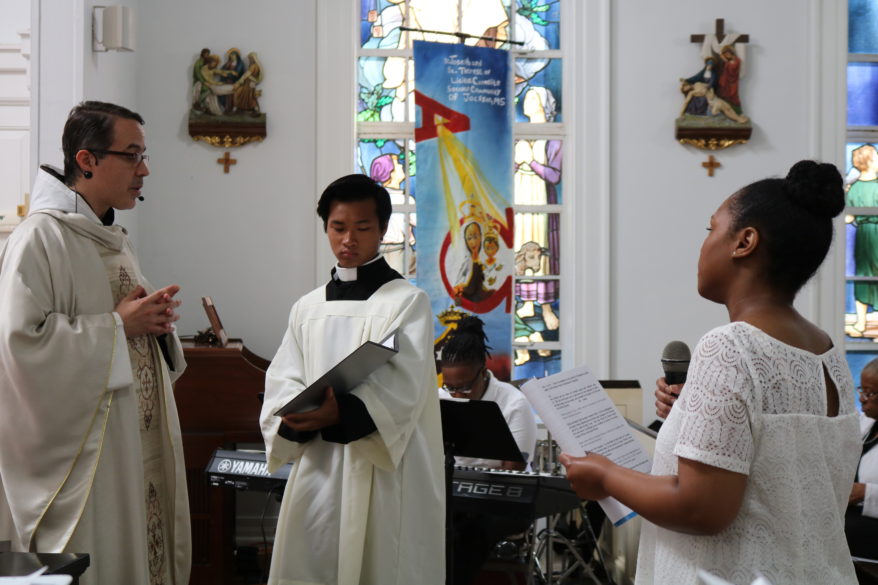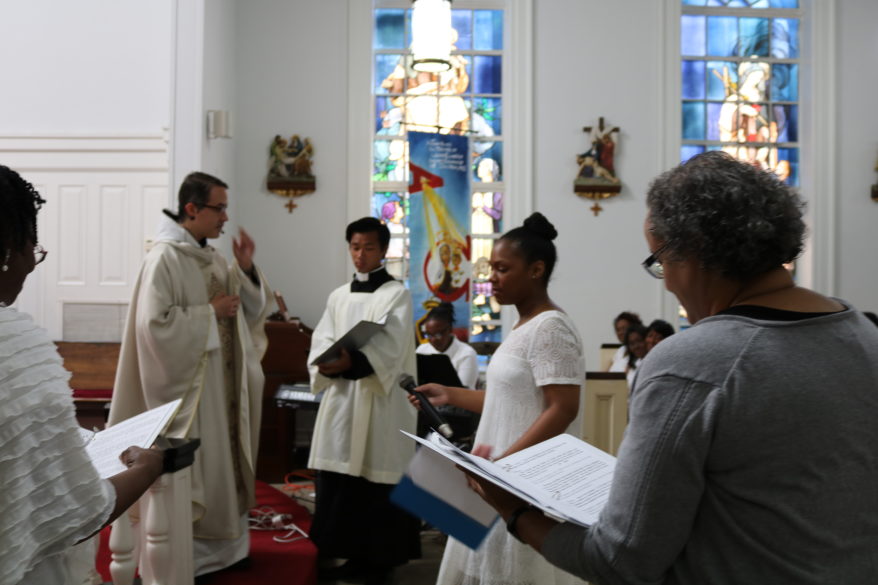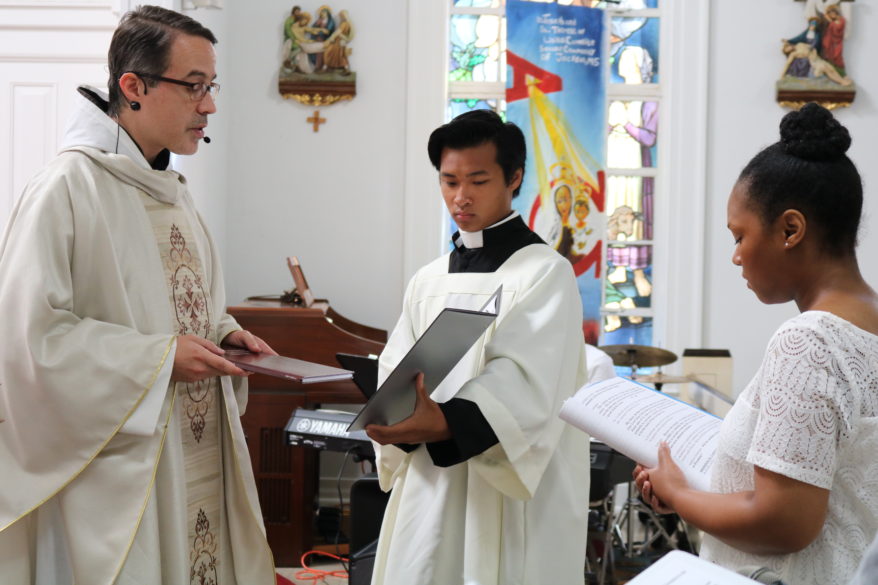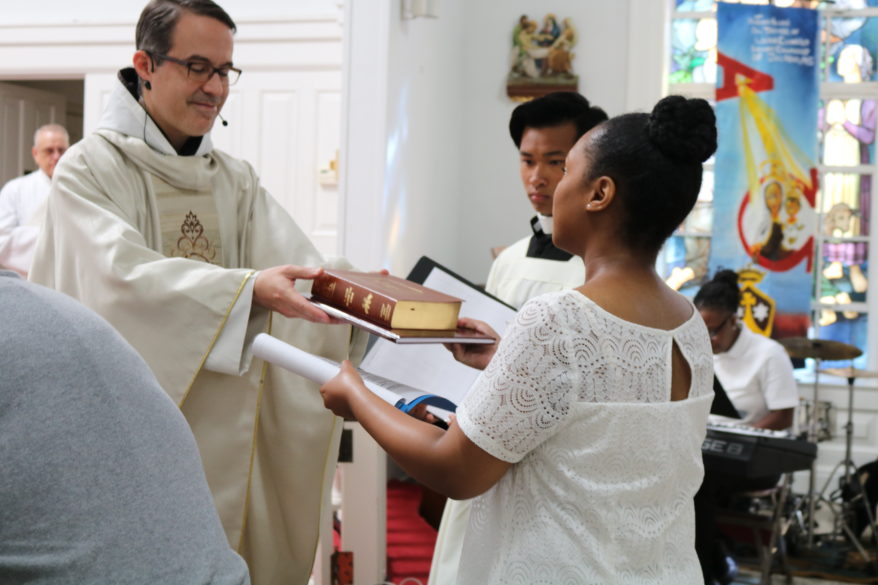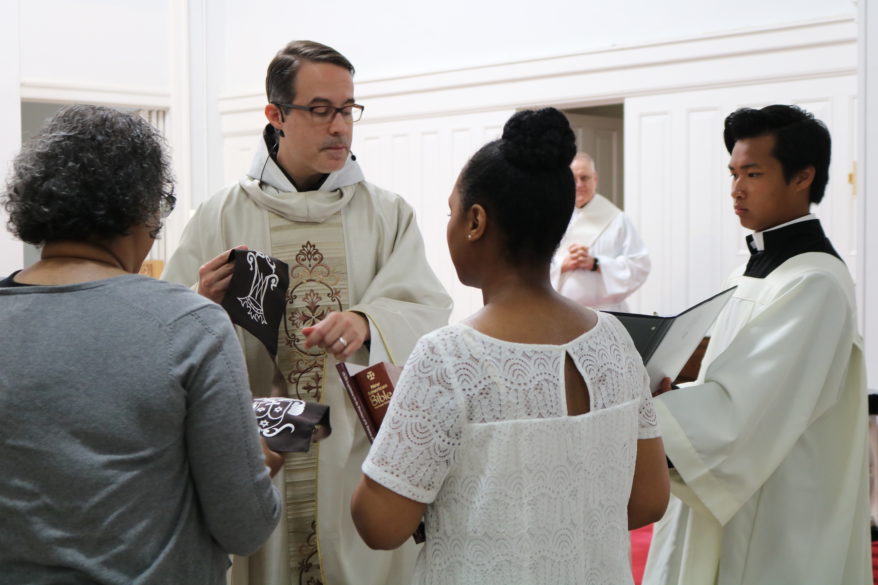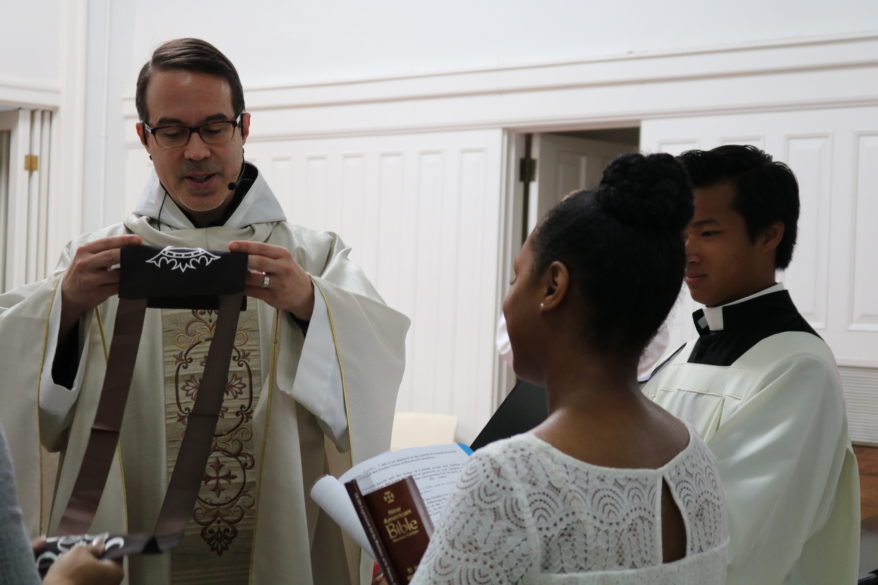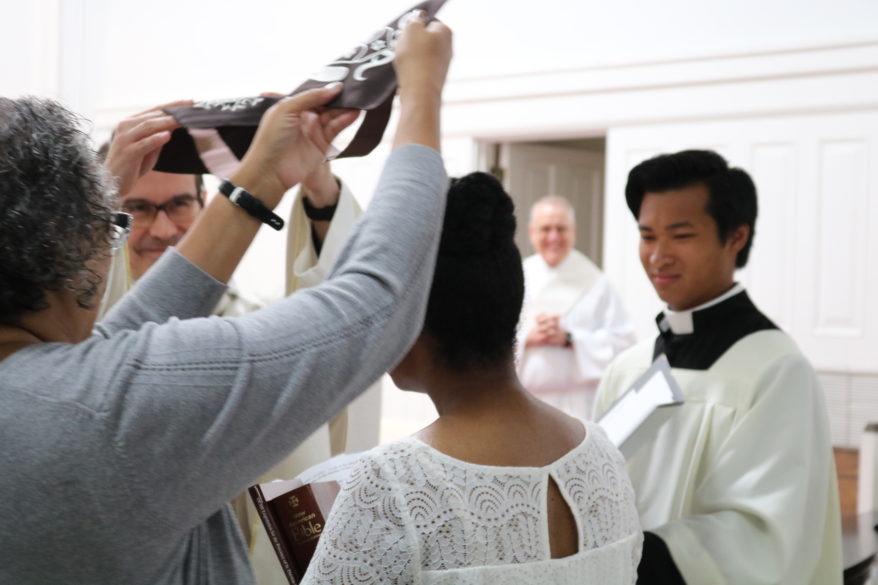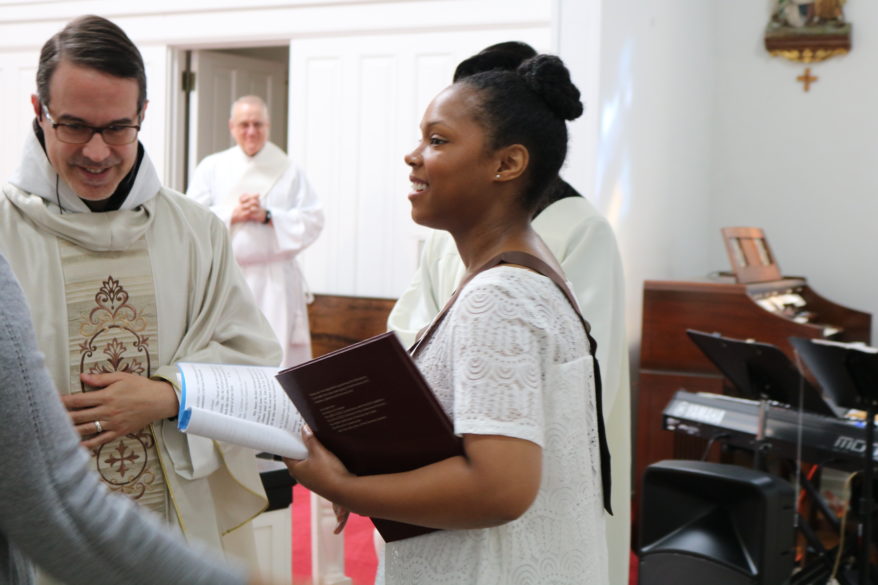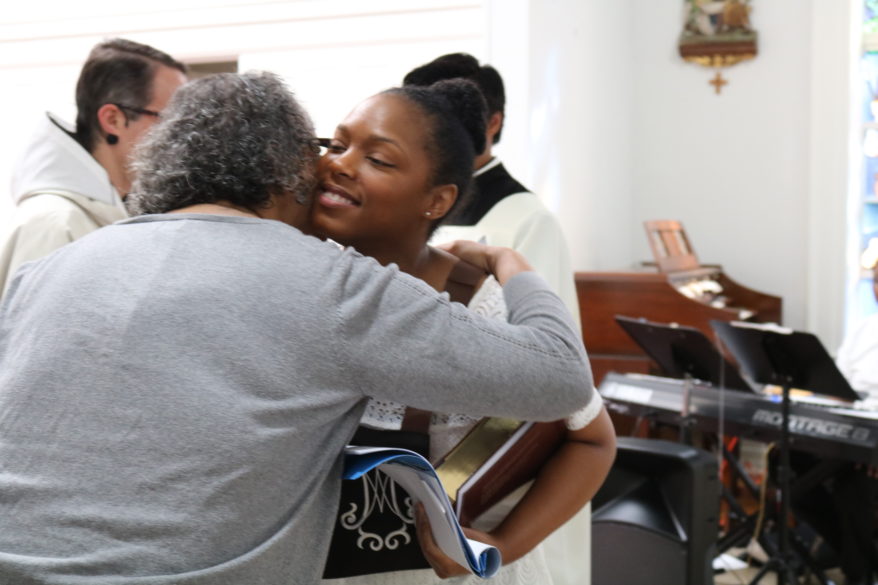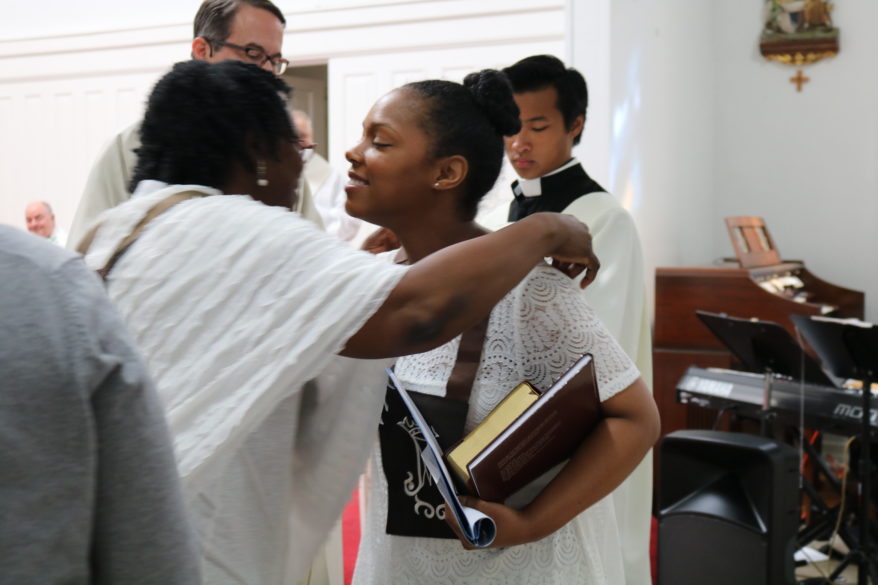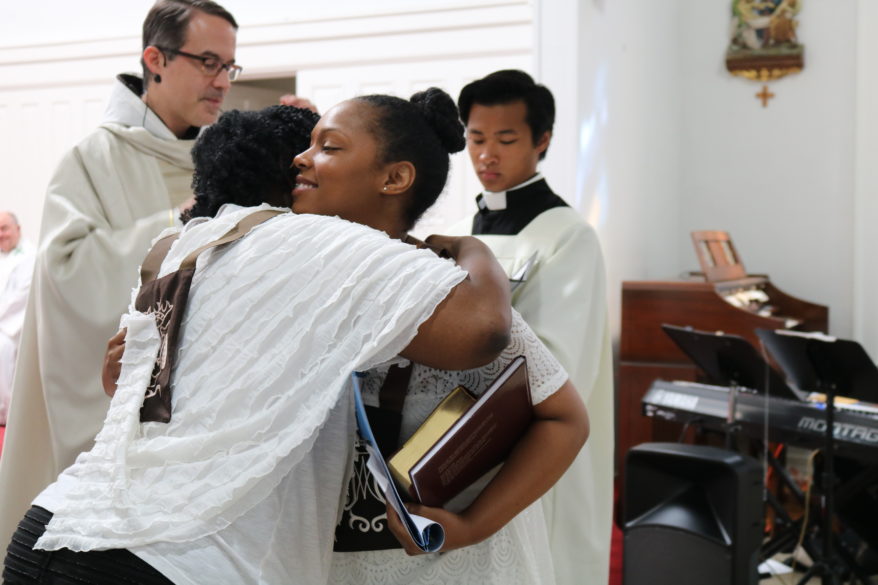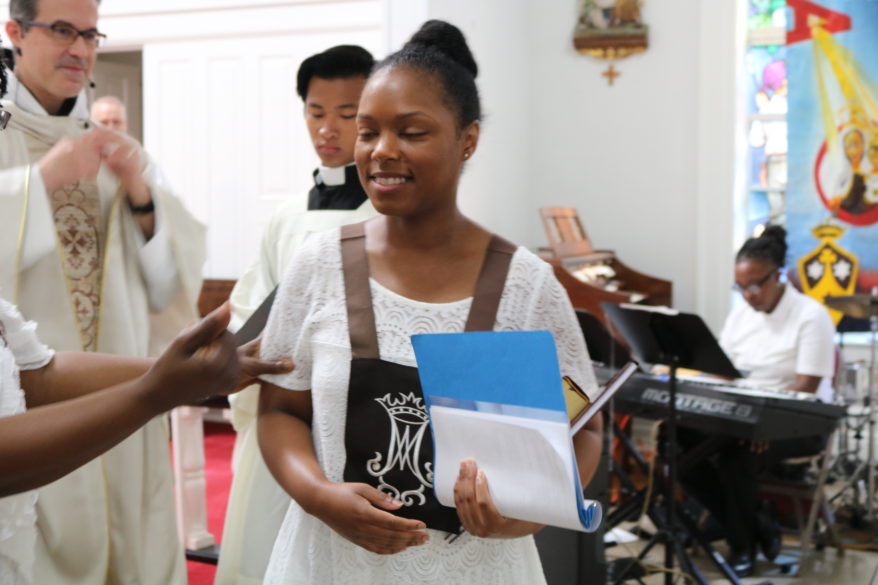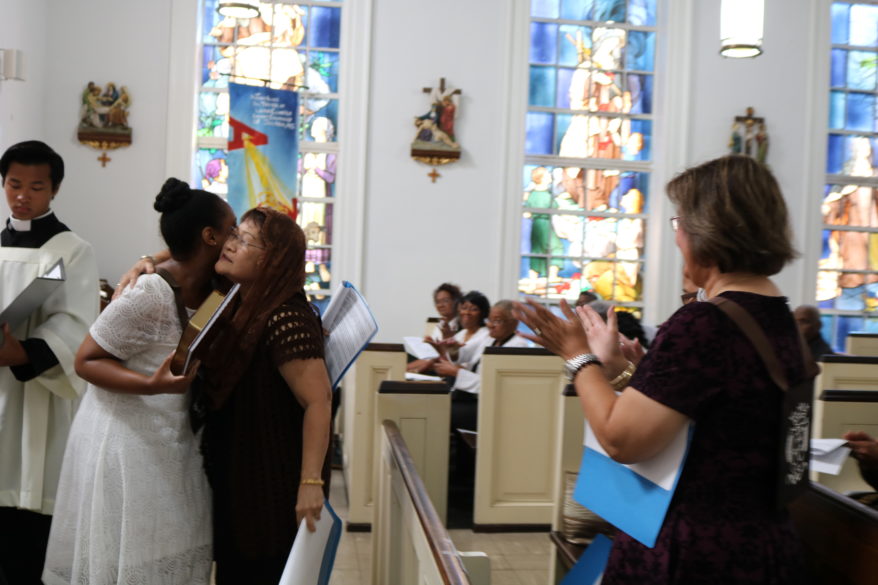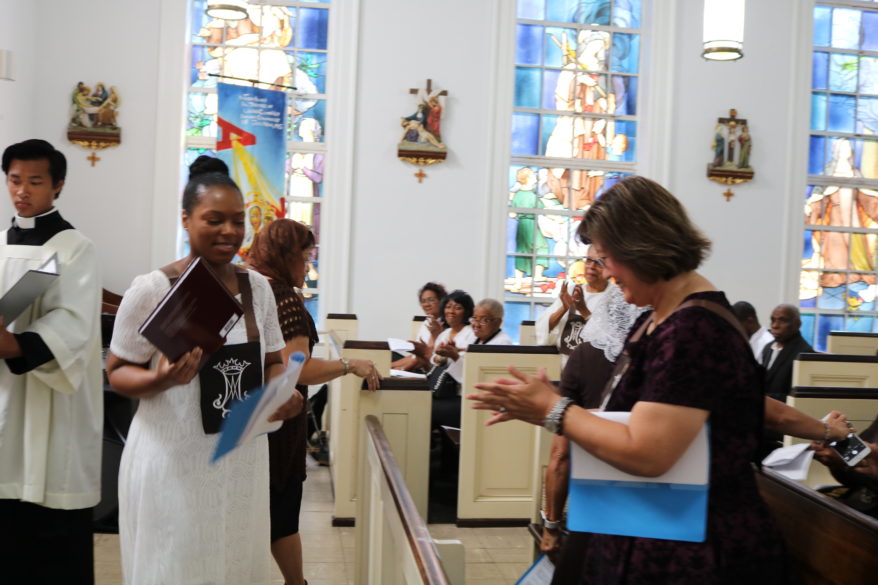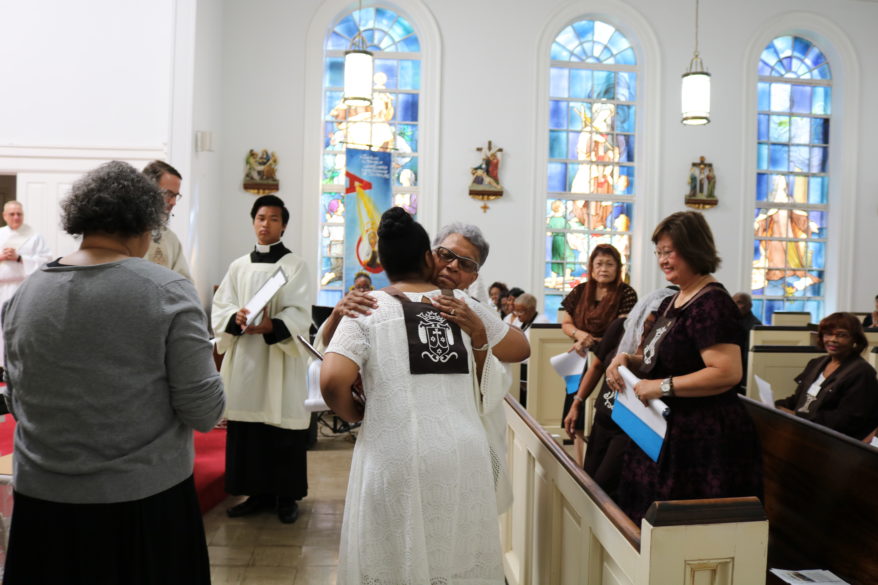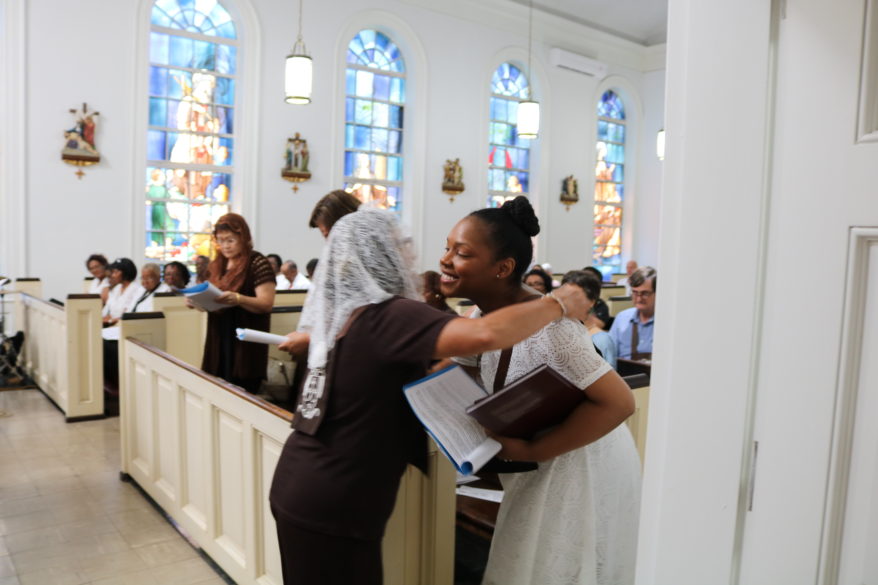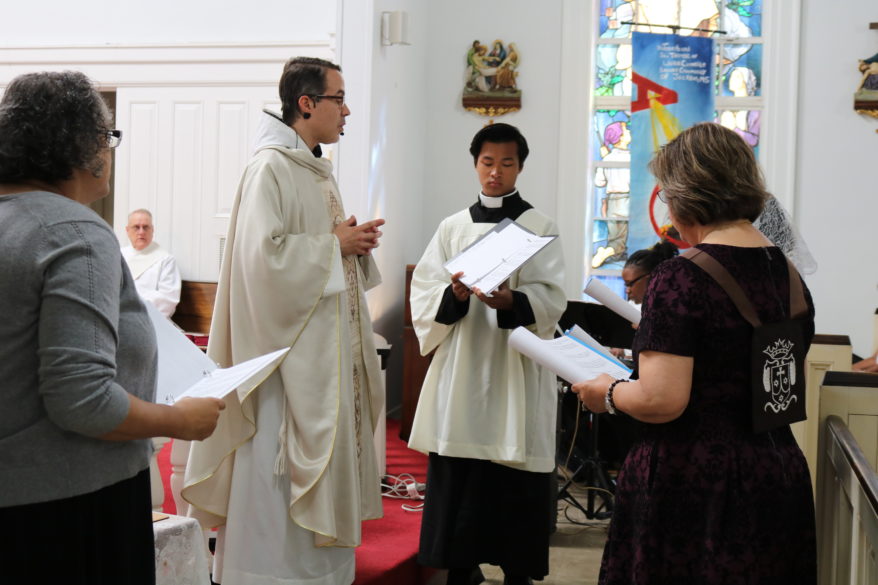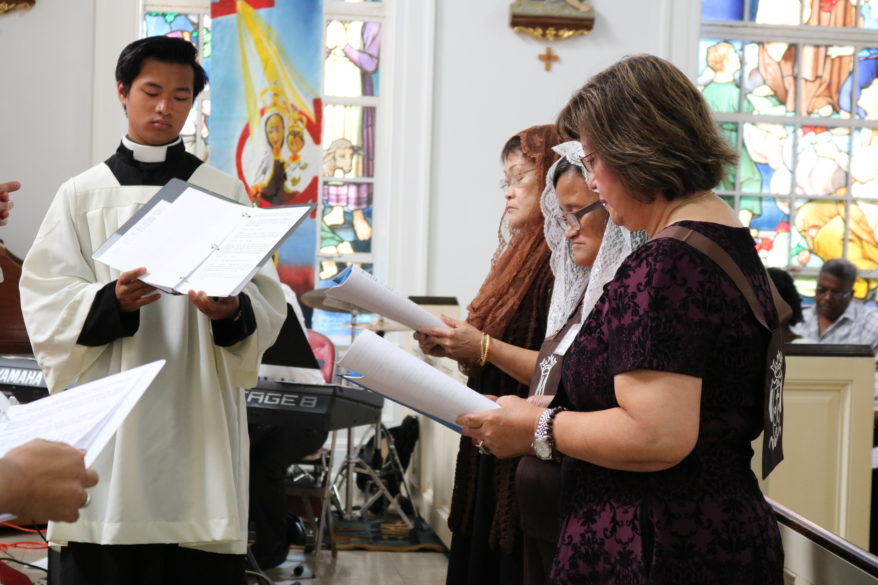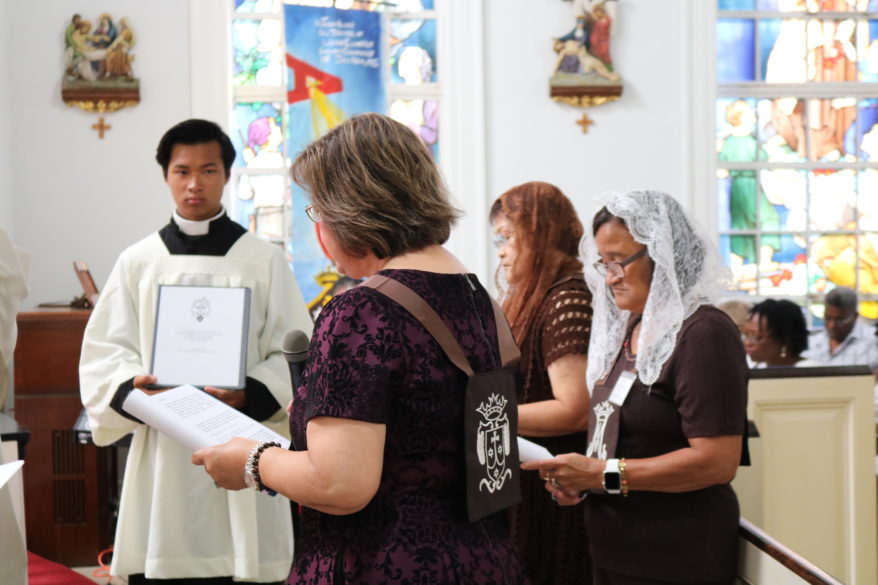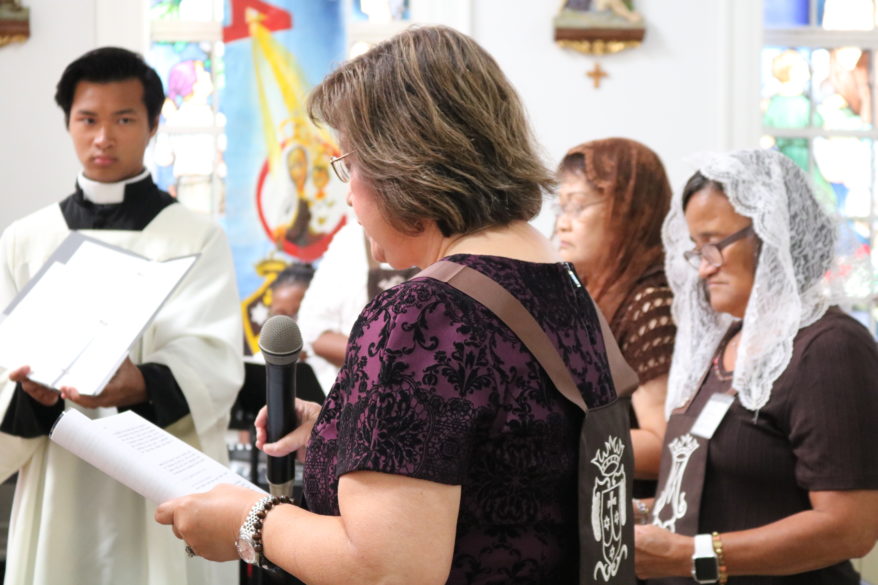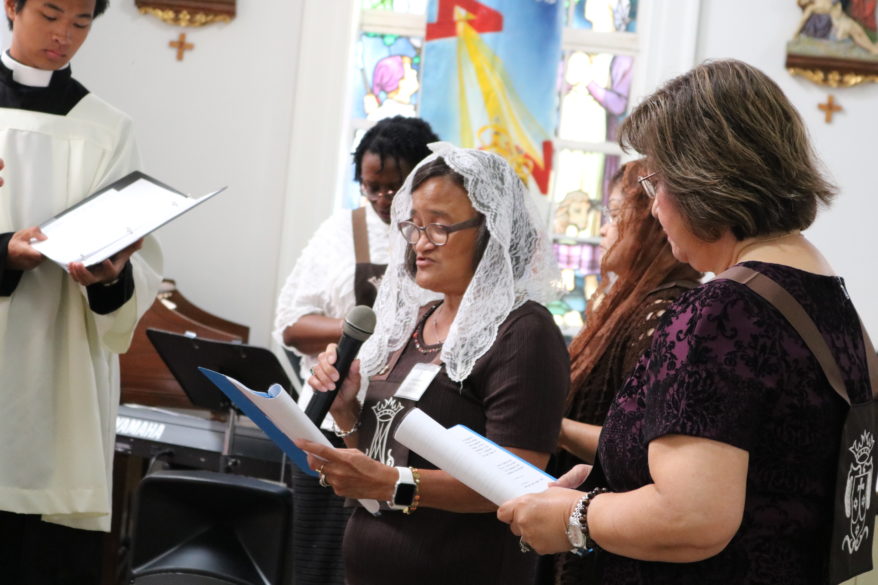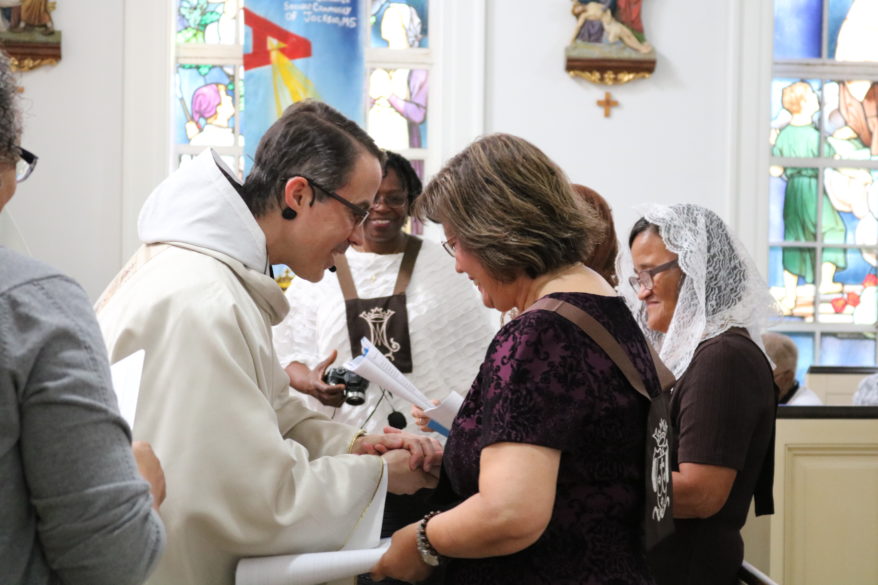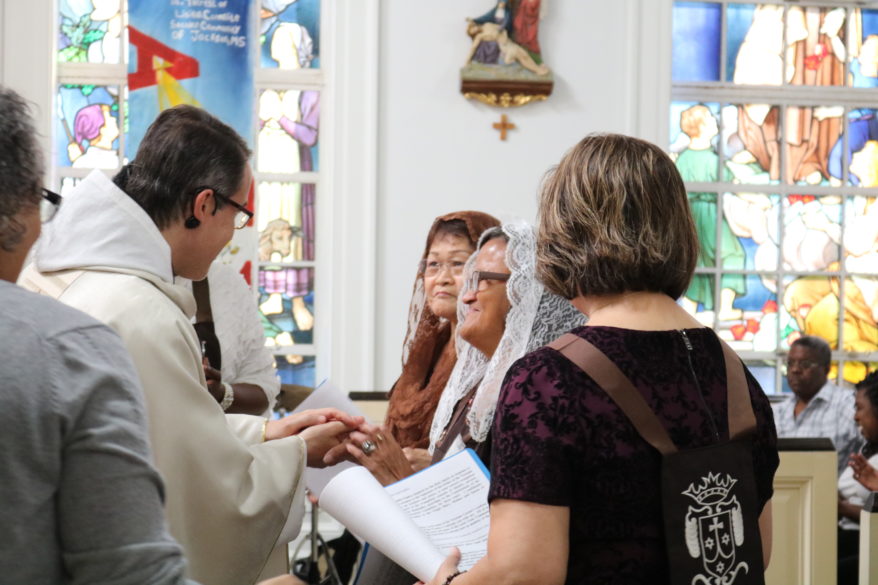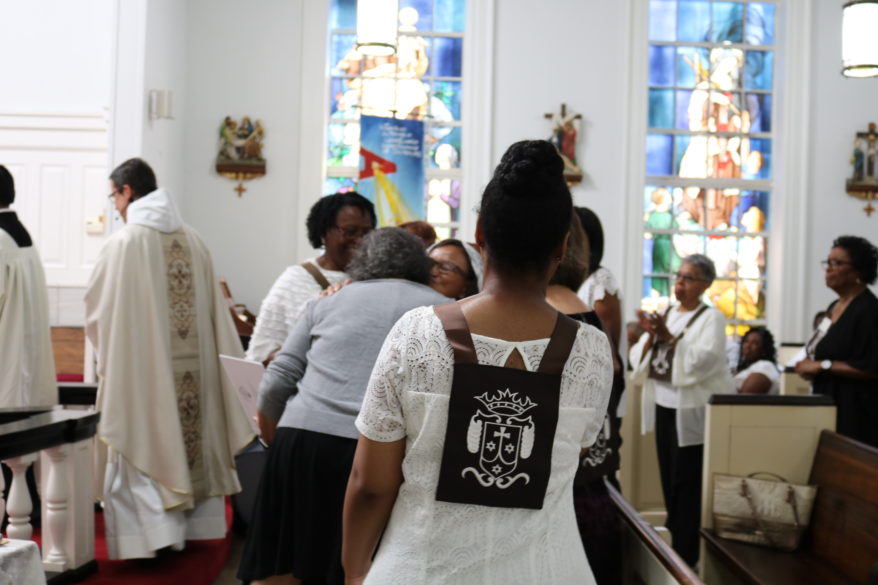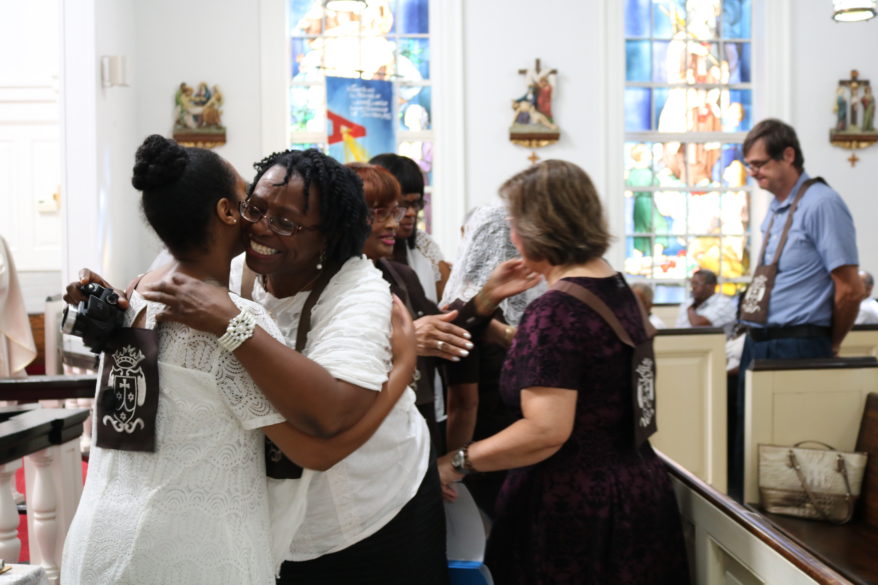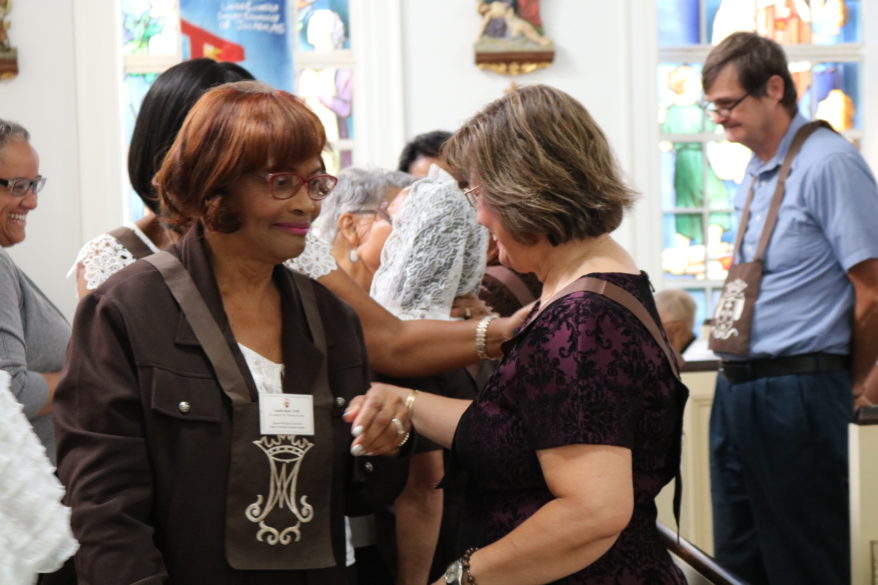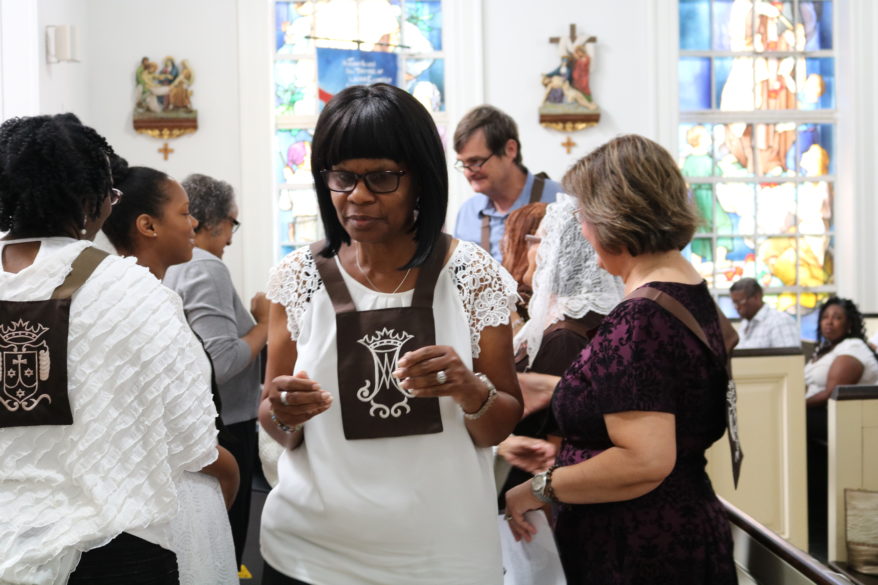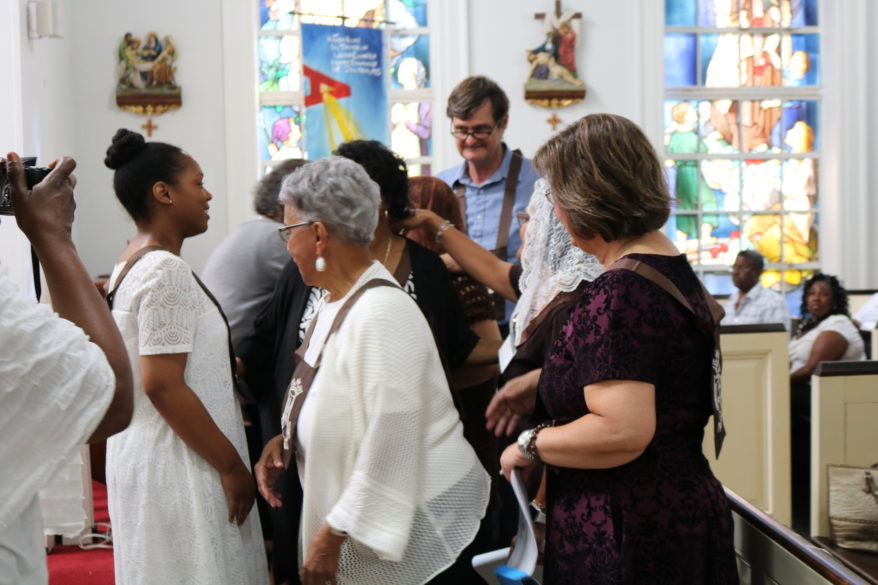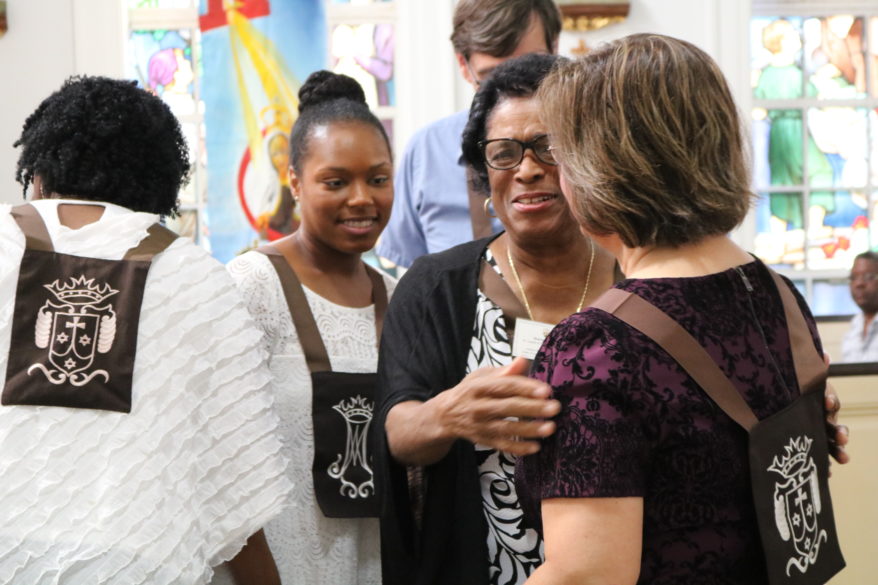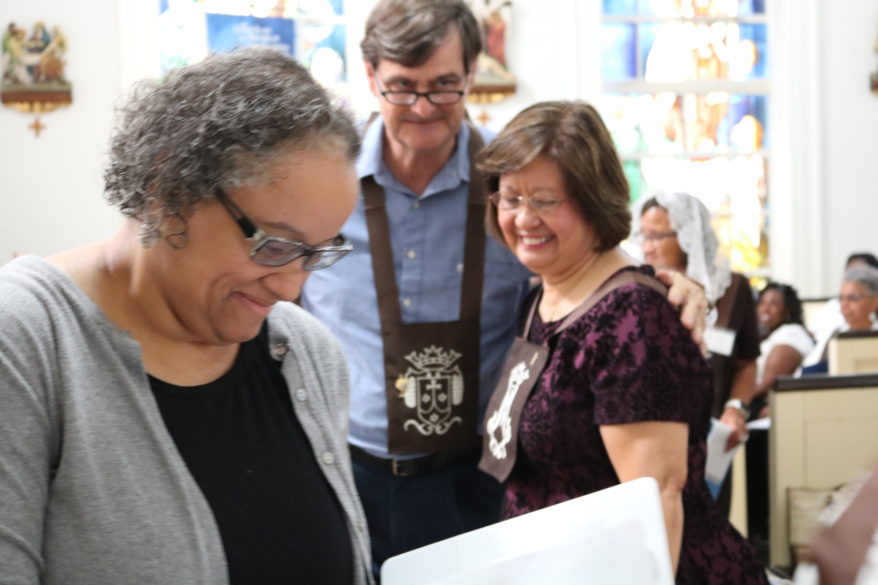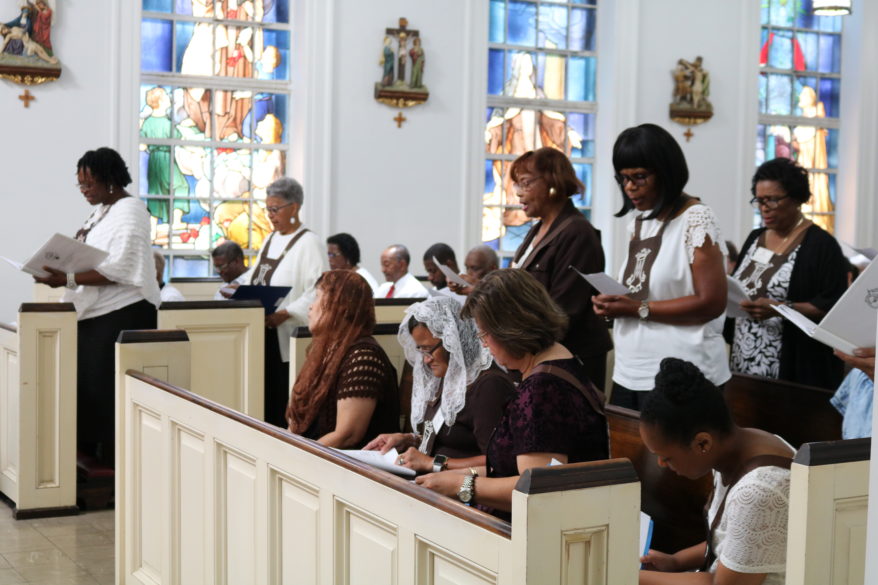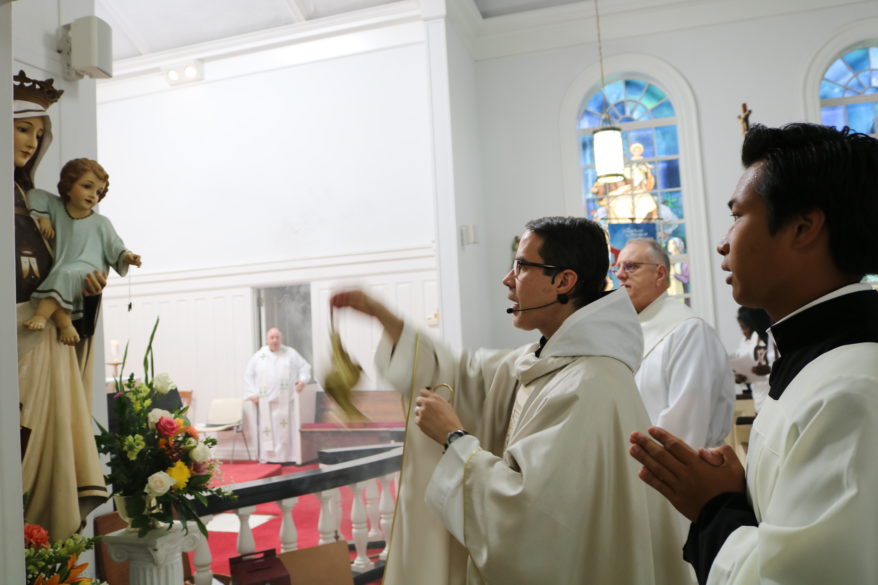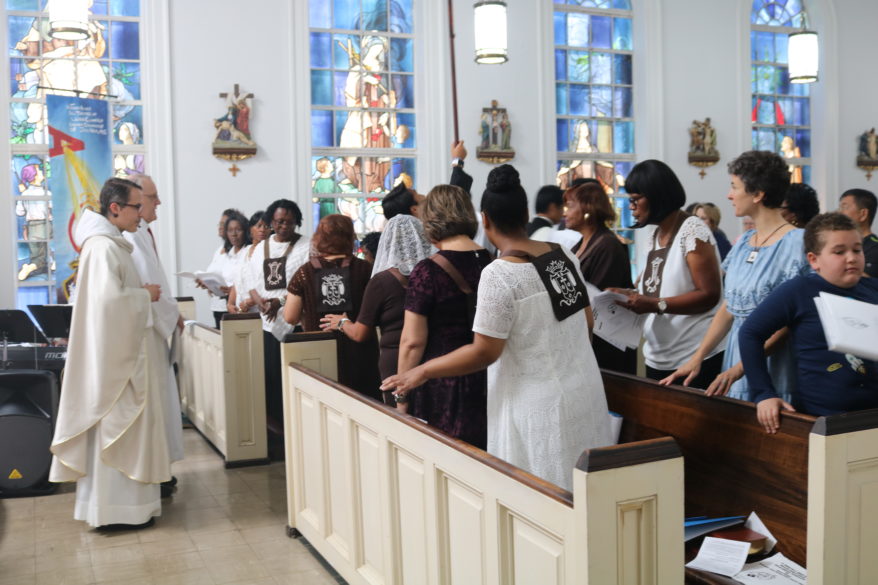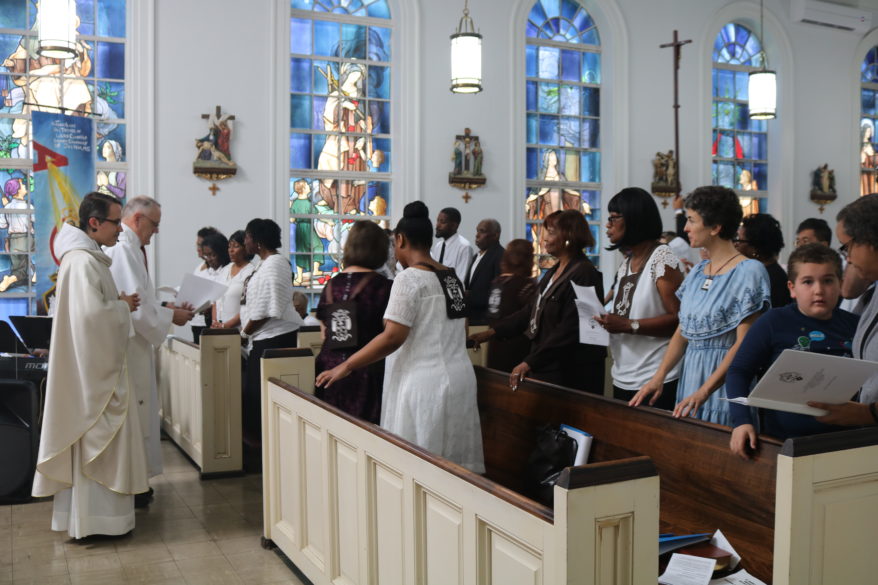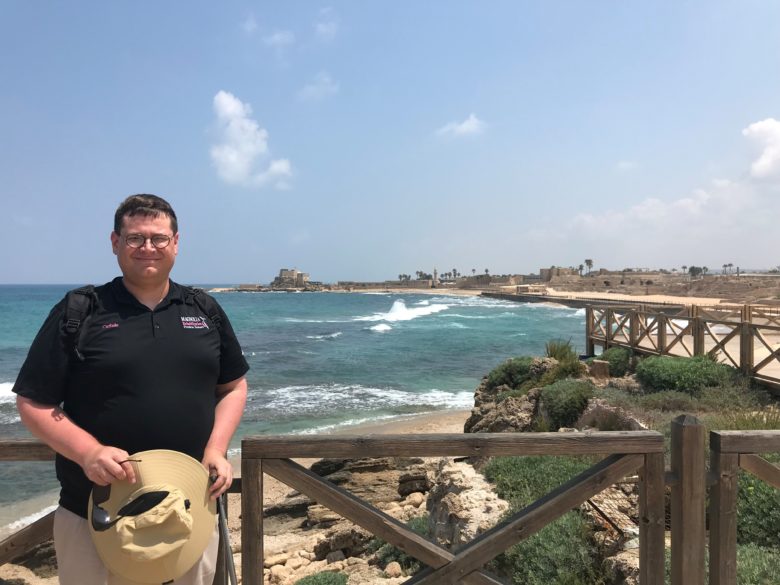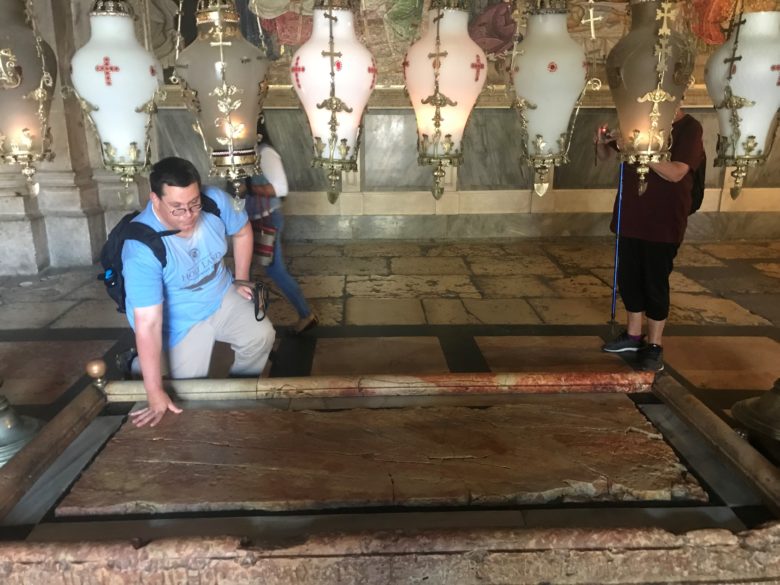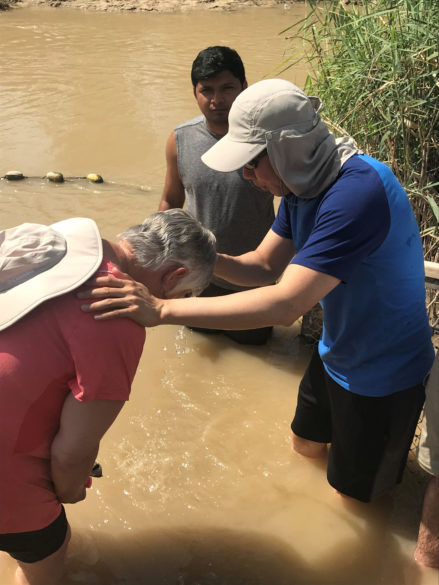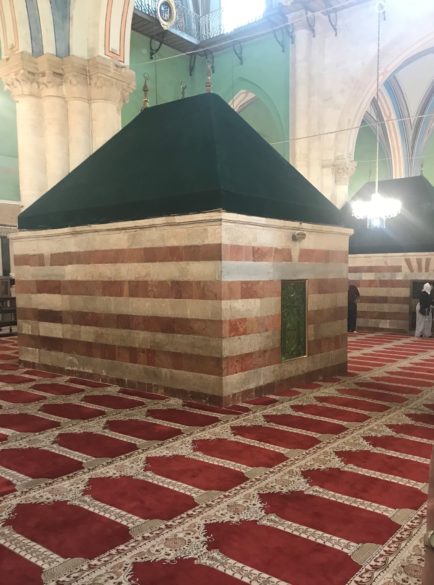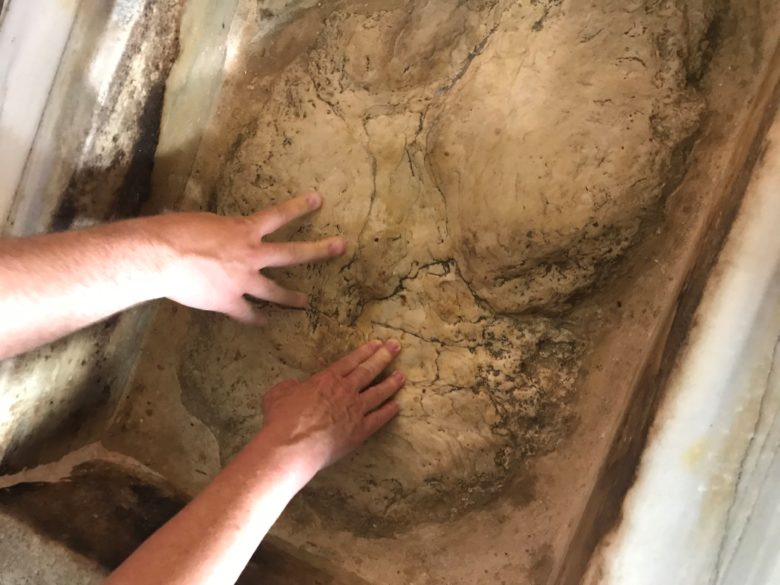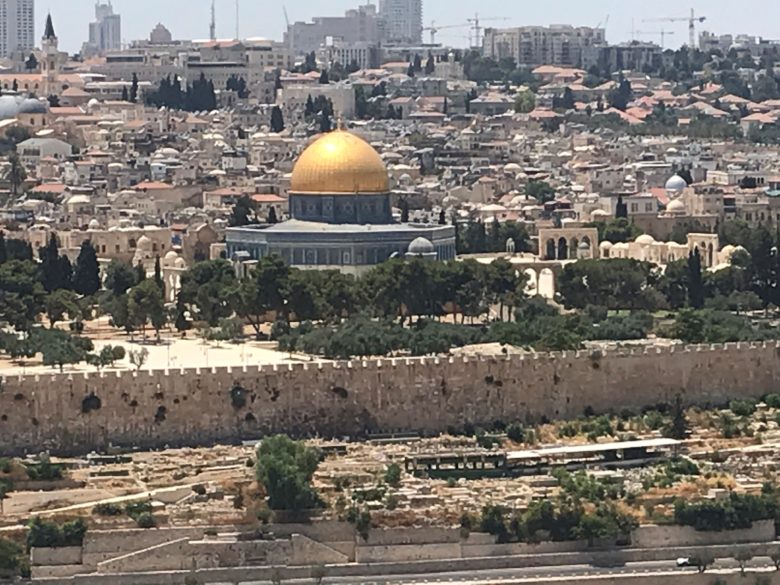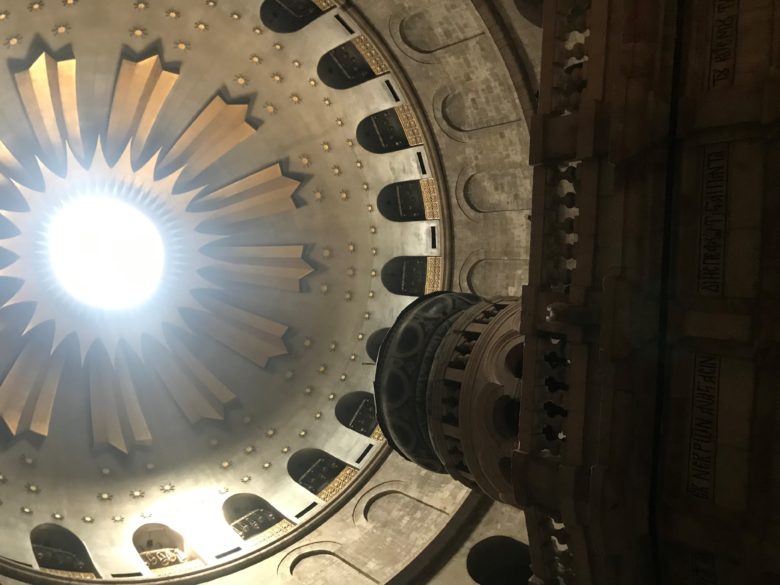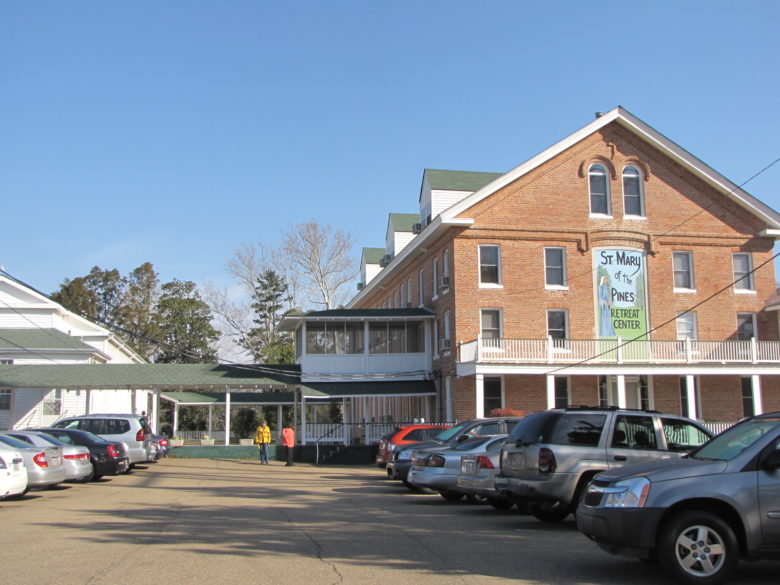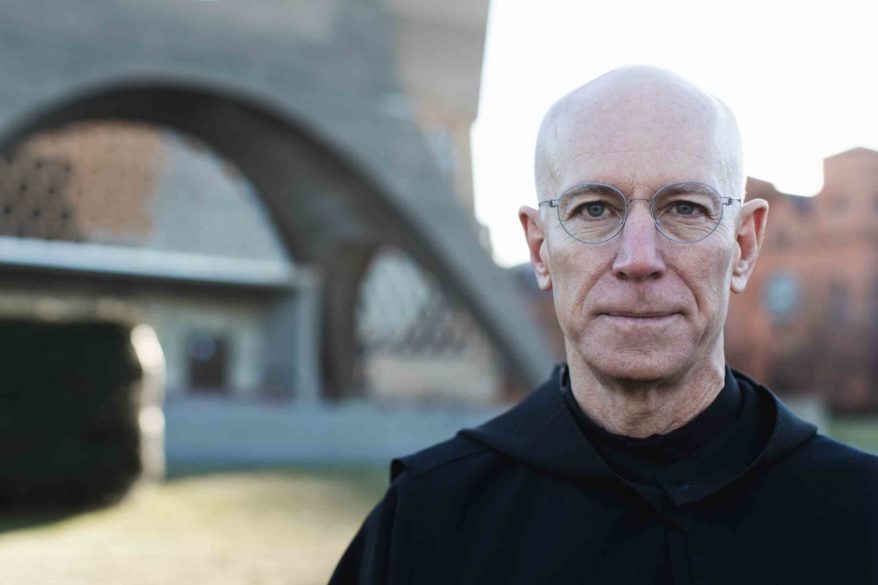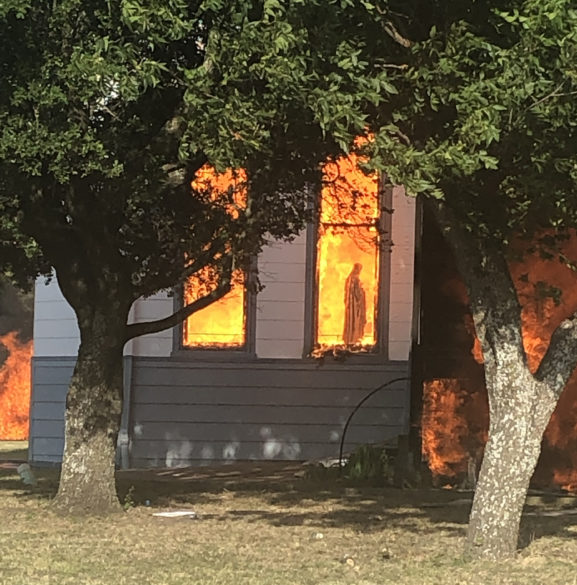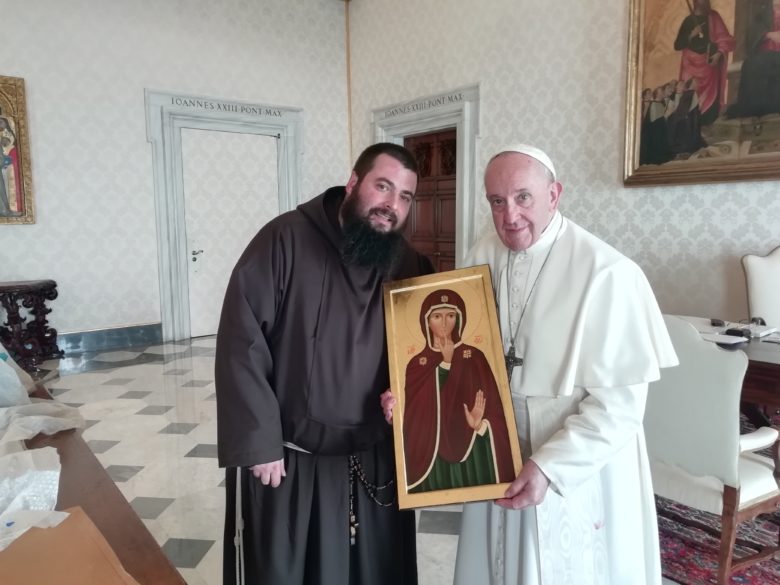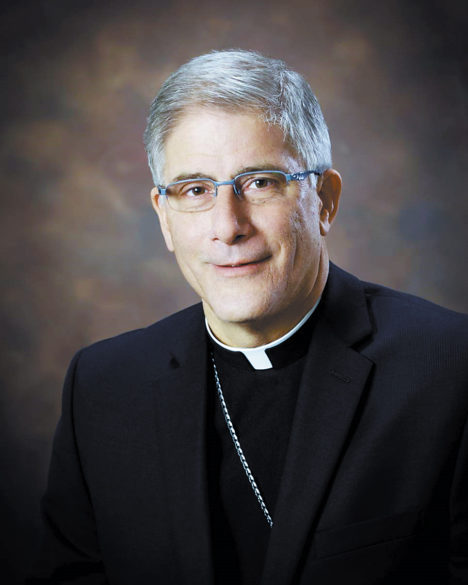
Por Obispo Joseph Kopacz
La visión católica mundial de la fe, la moral, la antropología y la naturaleza humana ha enseñado, sin vacilar, que el pecado original ha traspasado el corazón, la mente y la voluntad de hombres y mujeres. Combinados, el pecado y la tentación acechan a la puerta; a menudo, nuestro comportamiento y buenas intenciones se ven agobiados y arrastrados por las corrientes de locura y ruina.
Para mejor entender las fuerzas que trabajan contra nosotros, desde dentro y desde afuera, la Iglesia ha reflexionado y sacado a la luz los siete pecados capitales, los cuales son como furias del infierno que surgen de nuestra corrupta naturaleza humana para revelar la profundidad potencial de nuestra depravación.
Haga una pausa y cierre los ojos en este punto y vea cuántos pecados puede recordar antes de continuar. Ira, avaricia, lujuria, orgullo, glotonería, pereza y envidia. En un grado u otro estos nos afligen a todos, y desenfrenados, uno o cualquier combinación de ellos puede atraparnos en el pantano de la violencia y la destrucción, llegando al punto de desatar el poder del enemigo, el maligno.
El domingo 4 de agosto, por la mañana, llegó por correo electrónico el siguiente memorando, enviado por el cardenal Daniel DiNardo de Galveston-Houston, presidente de la Conferencia de Obispos Católicos de los Estados Unidos y el obispo Frank Dewane de Venice, Florida, presidente del subcomité de Justicia Doméstica y Desarrollo Humano, en respuesta a la masacre del día anterior en El Paso, Texas.
“Este sábado, menos de una semana después del horrible caso de violencia armada en California, se produjo otro tiroteo terrible, sin sentido e inhumano, esta vez en un centro comercial del El Paso, Texas. Algo continúa siendo fundamentalmente malvado en nuestra sociedad cuando los lugares donde las personas se congregan, para participar en las actividades cotidianas de la vida, pueden convertirse sin previo aviso en escenas de violencia y desprecio por la vida humana. La plaga, en la que se ha convertido la violencia armada, continúa sin control y se extiende por todo nuestro país.
Las cosas deben cambiar.
Una vez más, pedimos una legislación efectiva que trate el porqué continúan teniendo lugar en nuestras comunidades estos sucesos repetidos e inimaginables de violencia armada y asesina. Como personas de fe, seguimos orando por todas las víctimas y por la sanación en todas las comunidades afectadas. Pero también se necesita acción para terminar con estos actos detestables.”
La Conferencia Episcopal obviamente había preparado esta sincera respuesta la noche anterior para ser publicada al comienzo del Día del Señor.
Mientras la mayoría de las personas se preparaban para ir a la cama o ya dormían a altas horas de la noche del sábado, las balas volvieron; esta vez, en el centro de Dayton, Ohio, y en el tiempo que lleva preparar una taza de café, el recuento de muertos y heridos aumentó. ¡Uf! Si bien es cierto que cada año se pierden muchas más vidas en los caminos de nuestra nación, o por el poder destructivo de los opioides y mucho más por la destrucción de la vida en el útero que por la violencia armada, creo que es cierto decir que la mayoría de estas acciones no son el resultado final de una ira o furia desenfrenada.
Más a menudo, es fuerza o miedo, descuido o adicción, arrogancia o egoísmo, por los que, al final, se pierden vidas y esto es trágico.
La letanía de la destrucción de la vida es interminable y nadie escapa del sudario de su oscuridad. Pero ¿qué hacemos como sociedad frente al odio imprudente? Es cierto que la enfermedad mental es correlativa significativamente con la violencia armada, pero ¿cuándo la ira destructiva llega a la masa crítica y pasa al reino del mal?; En cualquier caso, y como escribió con astucia el poeta John Dunne, “nunca envíe a saber por quién doblan las campanas; doblan por ti,” porque ¿quién de nosotros no se ha reunido con otros en las iglesias o en las escuelas, en festivales o en centros comerciales o en restaurantes o clubes nocturnos los sábados por la noche o simplemente paseando mientras miras las vidrieras o junto a la gente que disfruta la brisa fresca de la noche? Al considerar el estado actual de las cosas, no olvidemos a las víctimas, sus familiares y amigos, y a los primeros en responder, quienes son asombrosos por su compromiso con el bien común.
¿Si creo que hay muchas más personas en nuestra nación, incluso hoy, que son ciudadanos y vecinos inherentemente buenos y justos debido a su fe en el Dios del amor, o por la gracia de Dios ya sean estos conscientes o no de lo divino de la acción de Dios? ¡Claro que creo!; pero ¿estamos viendo una erosión de la masa sólida de personas que una nación, familia y comunidad necesitan para prosperar? Espero que esta no sea la realidad.
Como un balance de donde comenzó esta columna, nuestra fe y tradición católicas también nos inspiran a saber que somos hijos de Dios porque tenemos fe en el Hijo amado de Dios, nuestro Señor Jesucristo, y el Espíritu Santo que trabaja horas extras para guiar nuestros pensamientos, palabras y acciones.
Gracias a Dios que nos ha dado la victoria en nuestro Señor Jesucristo. De hecho, estamos salvados. En el bautismo hemos muerto con él y en nuestro ascenso a una nueva vida podemos crucificar las pasiones que fácilmente pueden descarrilar nuestras buenas intenciones, esperanzas y sueños.
A veces, es una guerra espiritual, pero no desmayemos ni en la lucha de la buena fe ni en la carrera diaria de nuestras vidas. No tenemos respuestas fáciles a los complejos problemas y desafíos de nuestro tiempo, pero podemos elegir ser discípulos intencionales del Señor de innumerables maneras cada día y eso hace toda la diferencia.
Regreso a la simple pero profunda sabiduría de Santa Madre Teresa en su querido poema, De Todos Modos, “Lo que has tardado años en construir puede ser destruido en una noche, construye de todos modos,” ¿Cómo y por qué podría ella insistir en esto en medio de la pobreza y la miseria intratables en las calles de Calcuta? Ella concluye su poema con sabiduría eterna, “…porque al final, te darás cuenta que el asunto es solo entre tú y Dios.” Pues ve y haz tú lo mismo. (Lucas 10:37)

